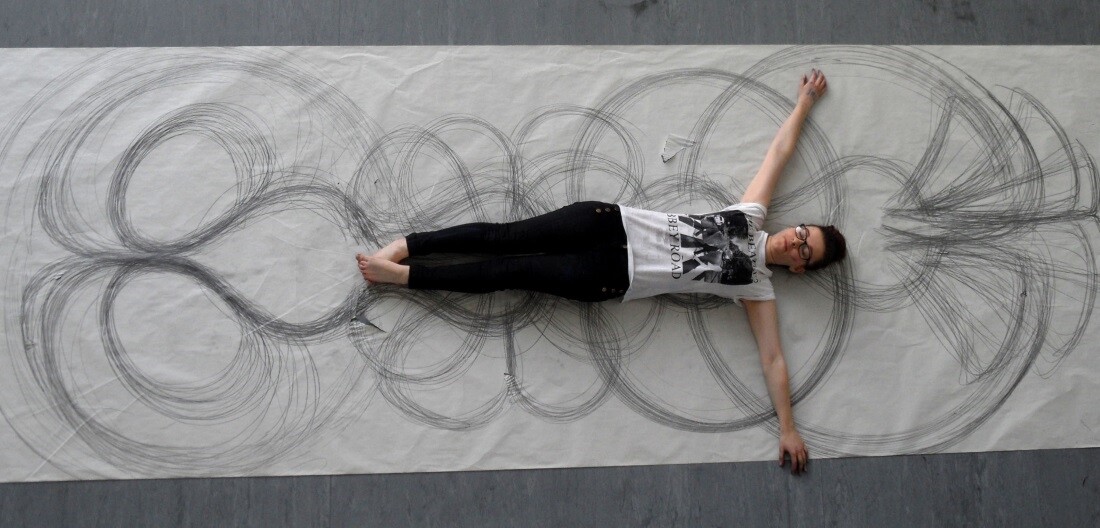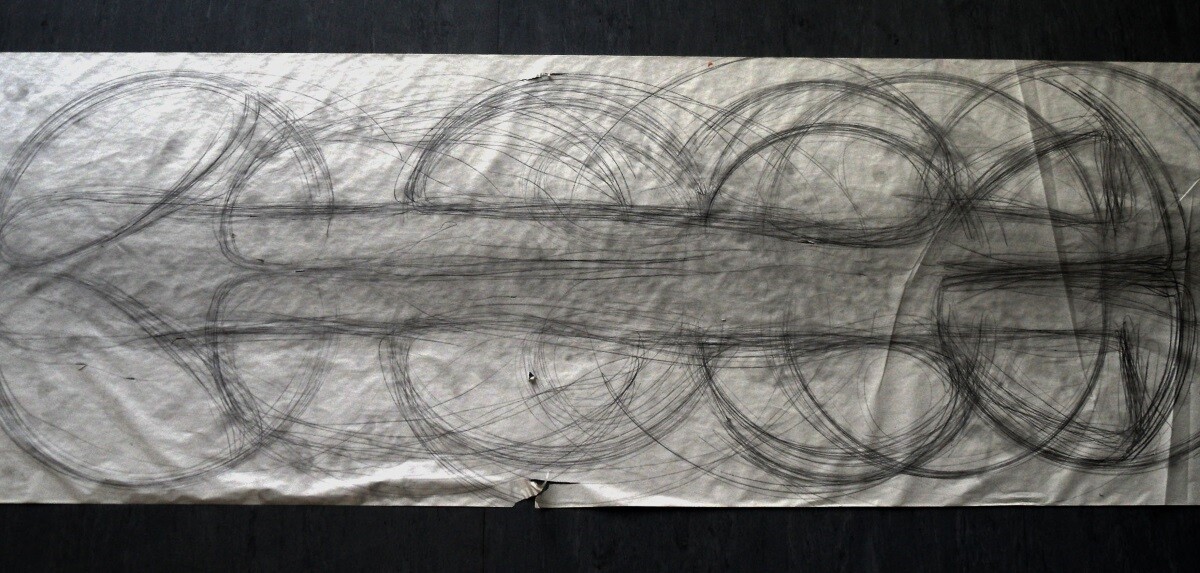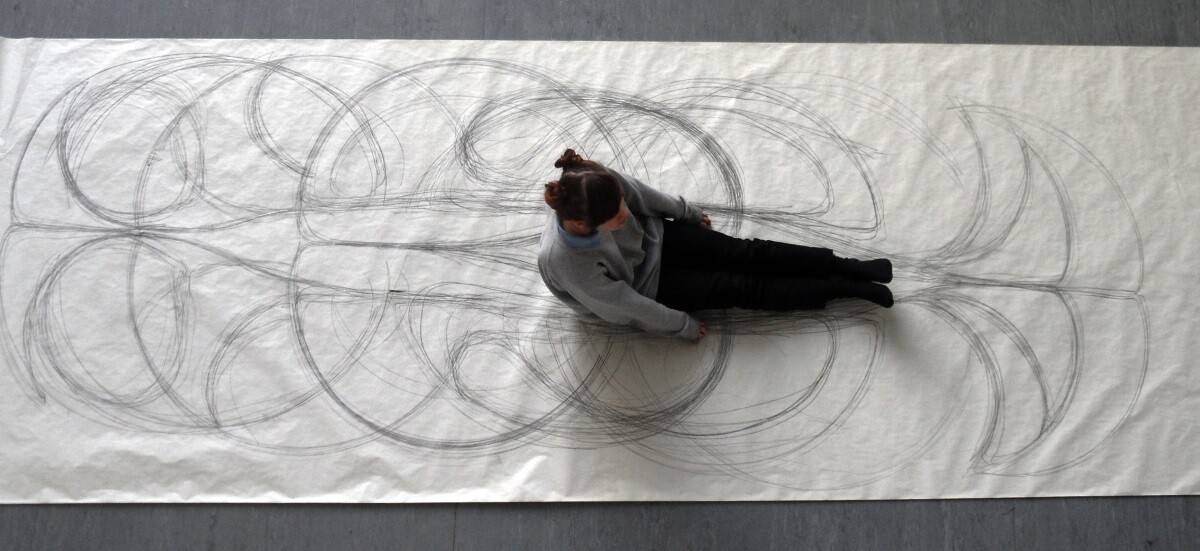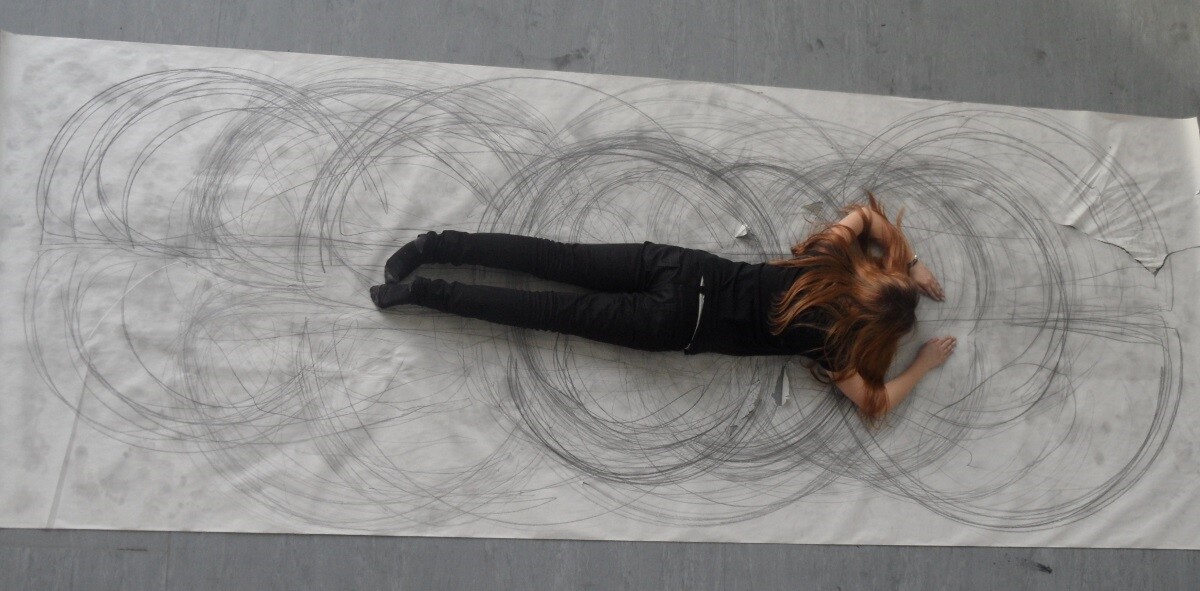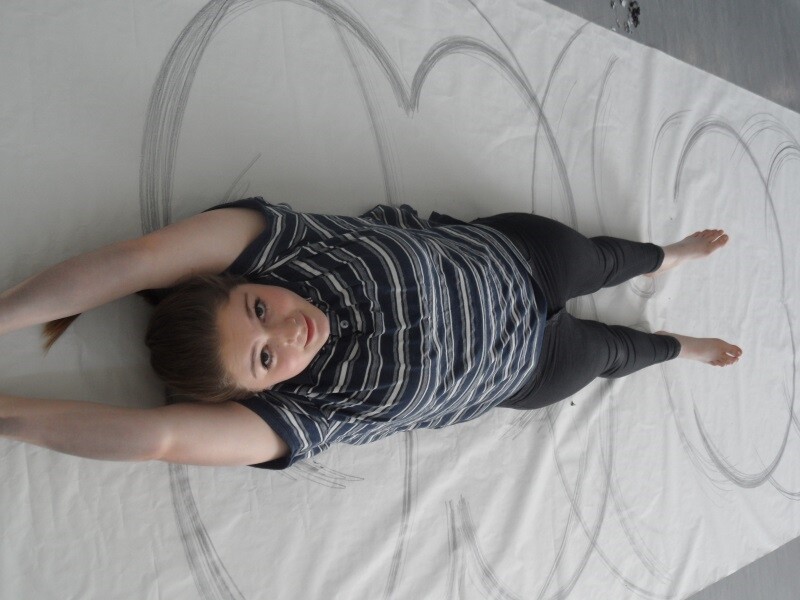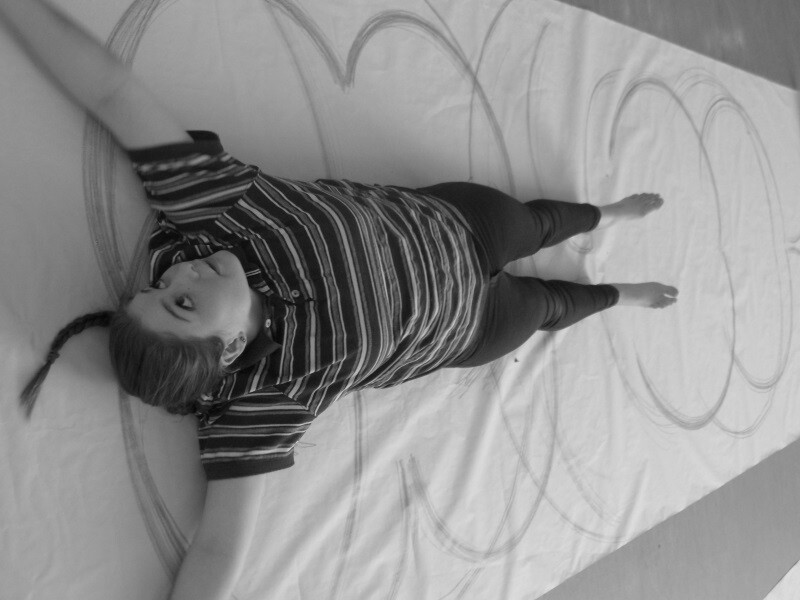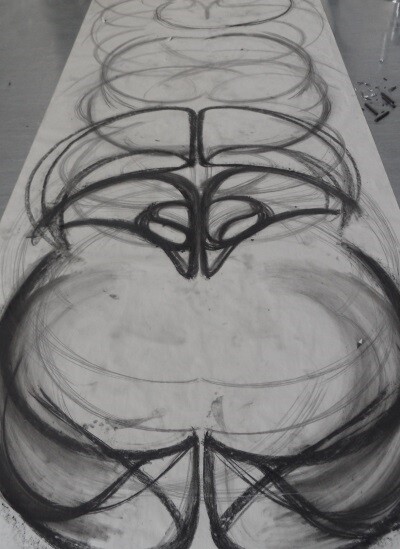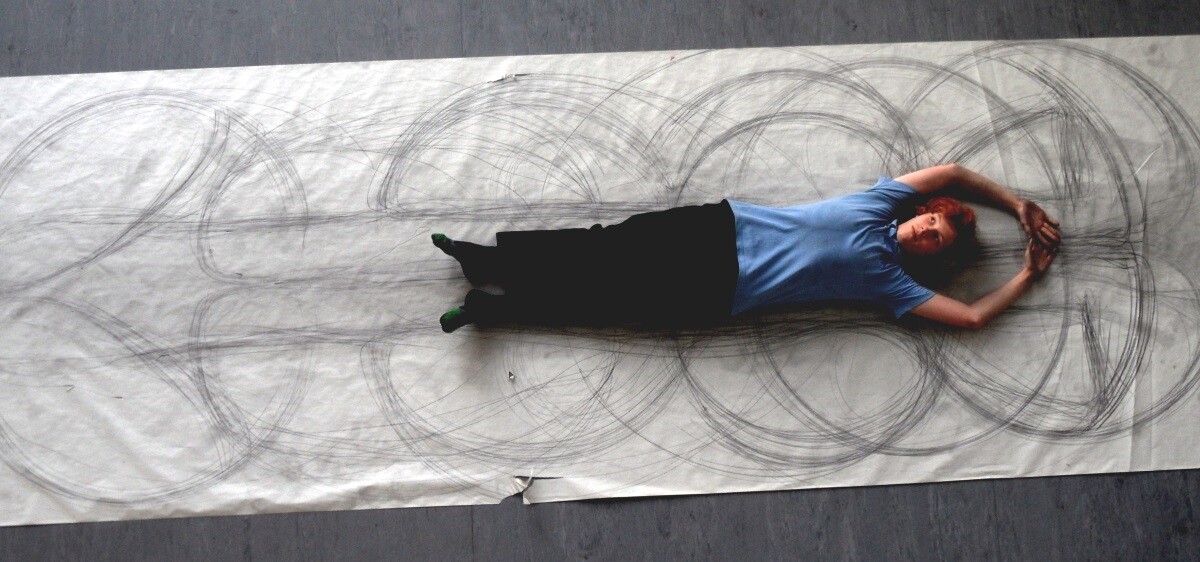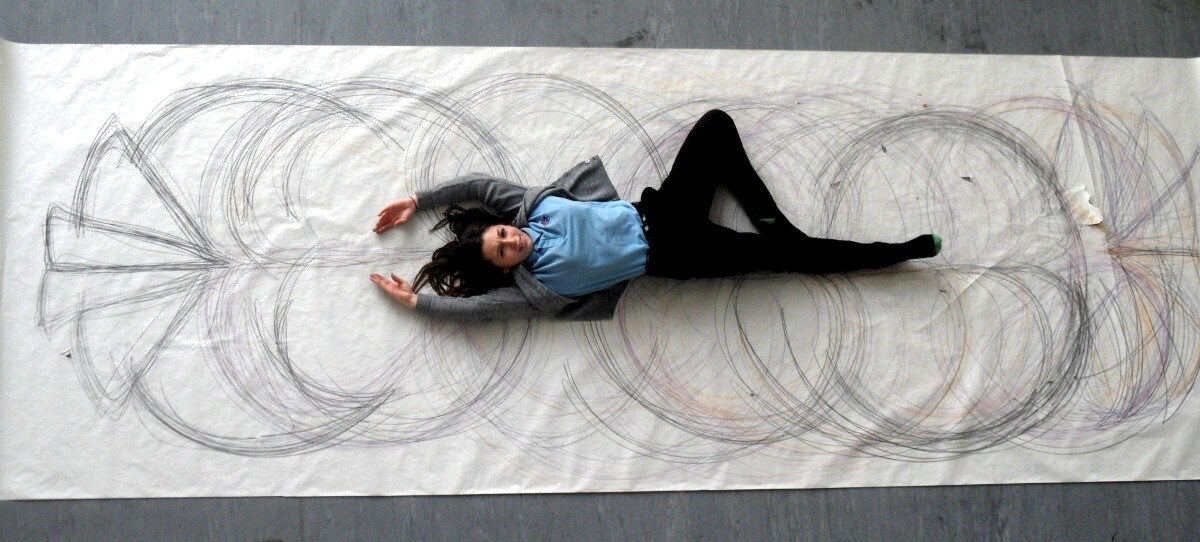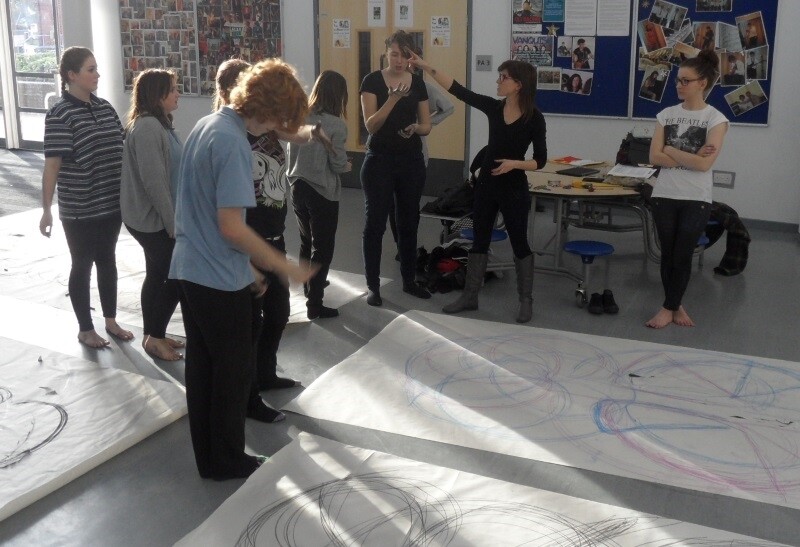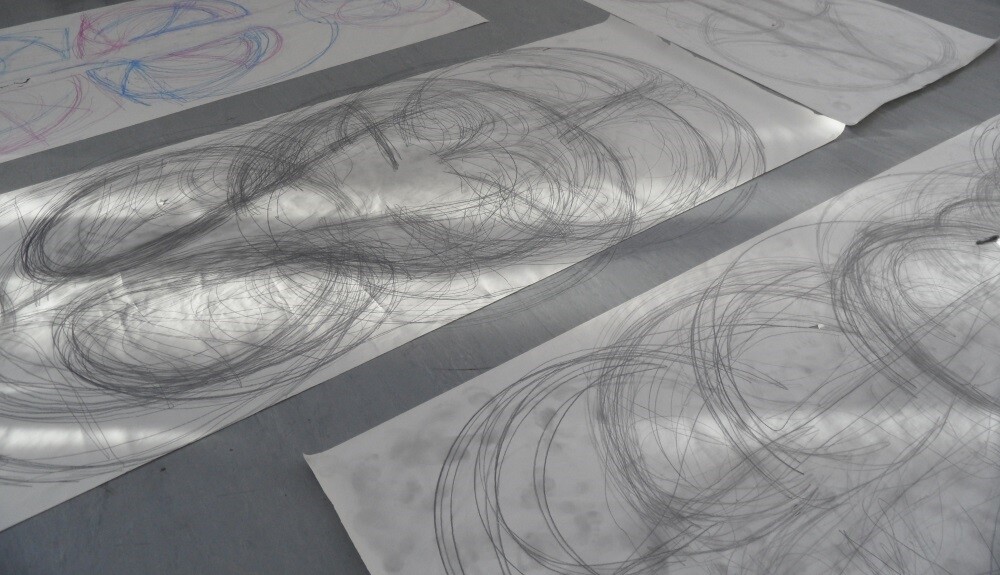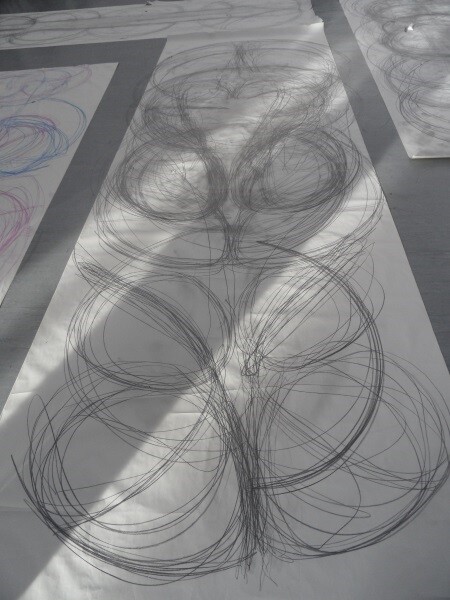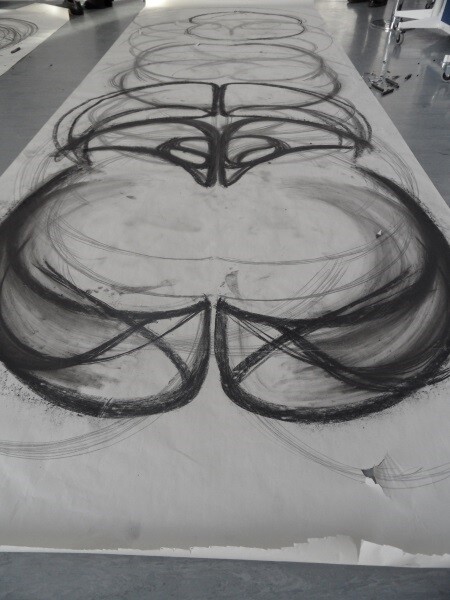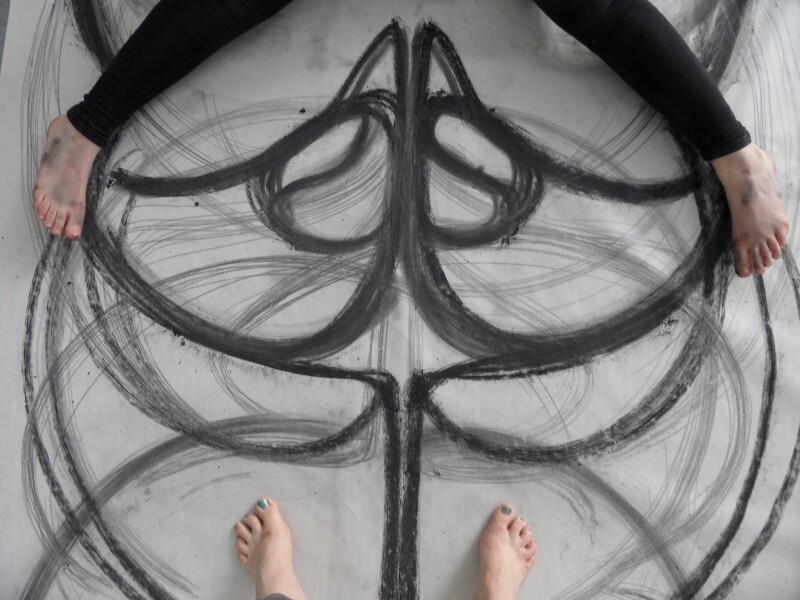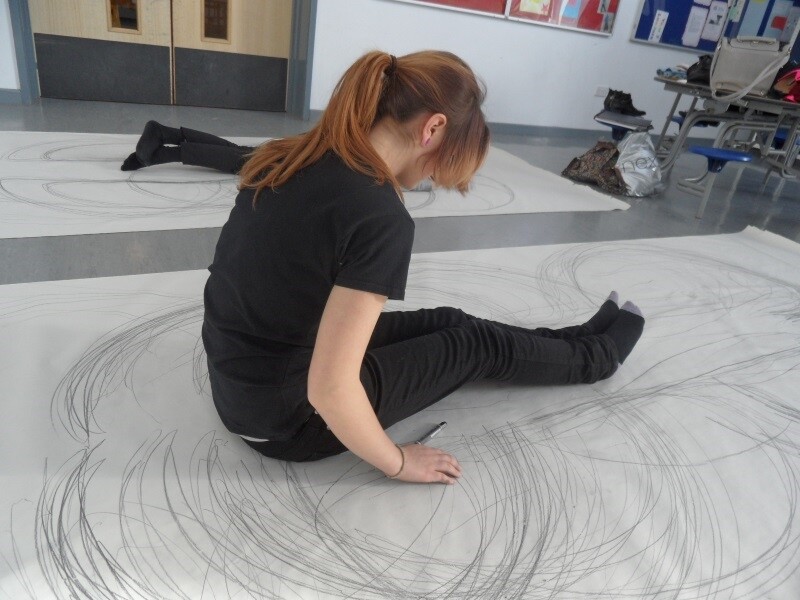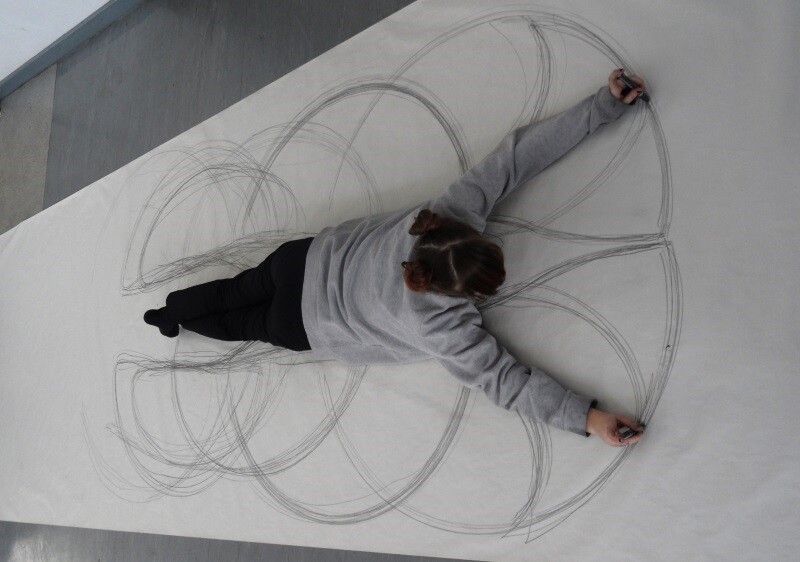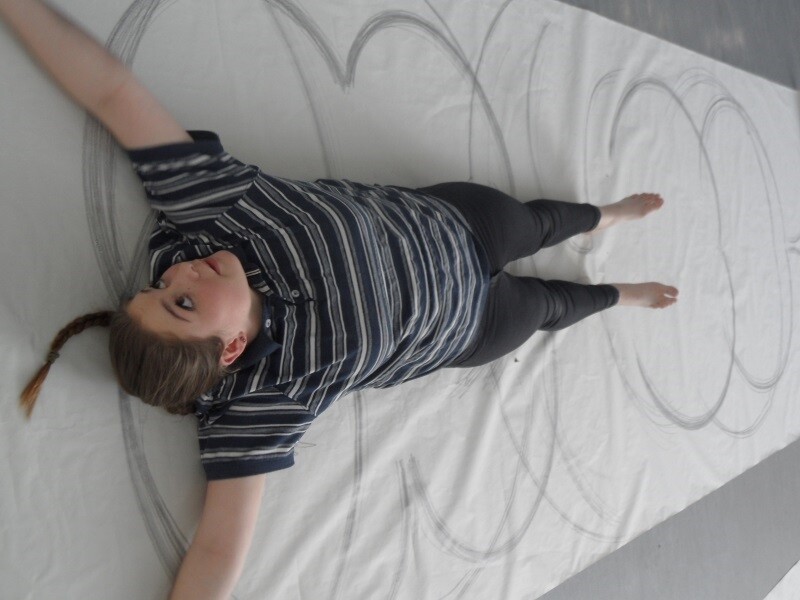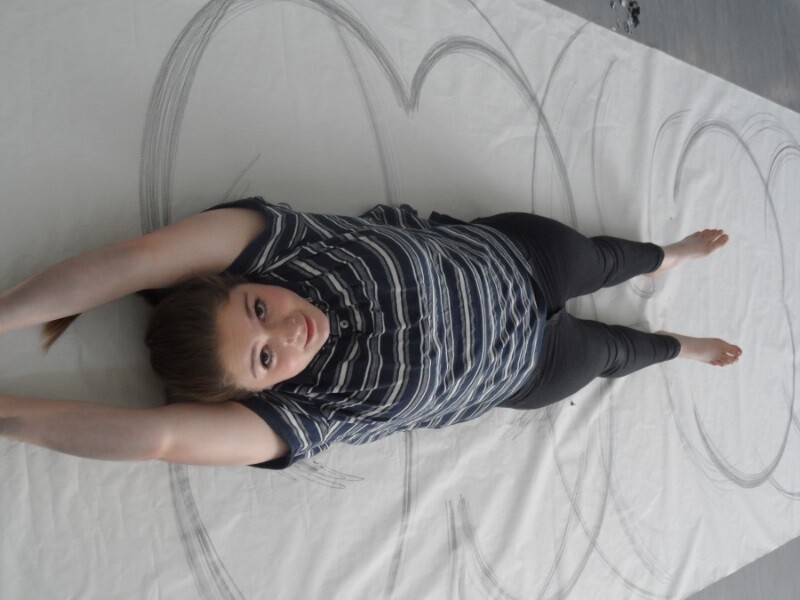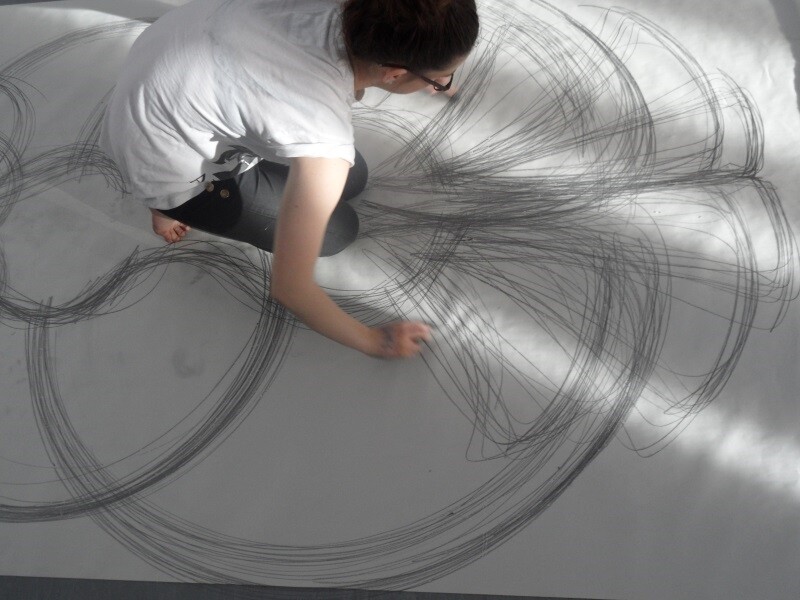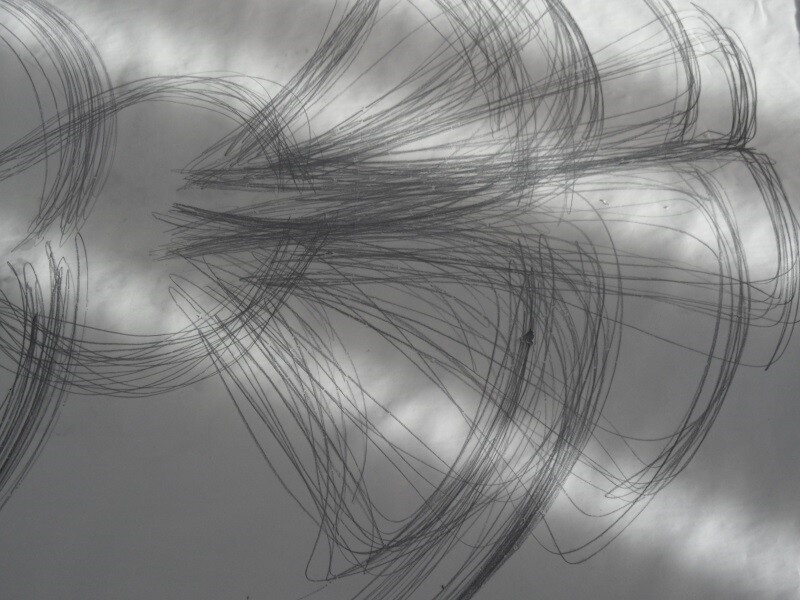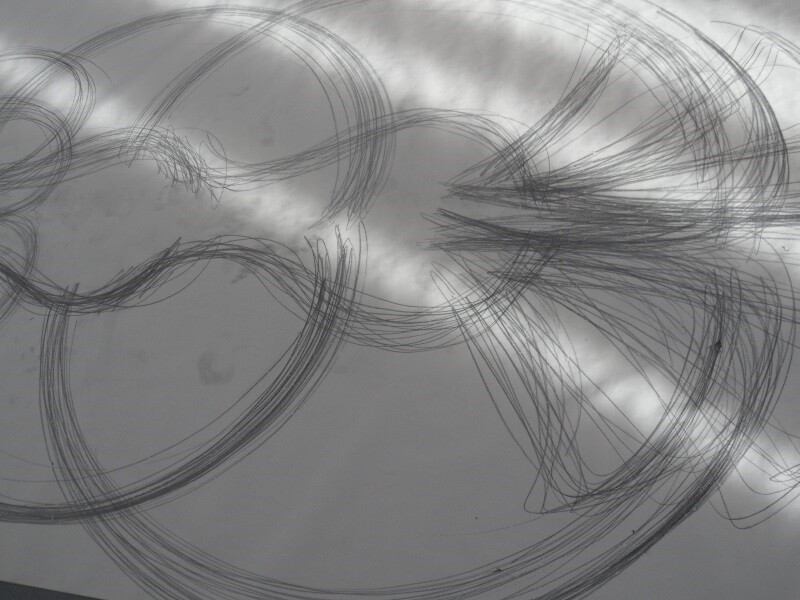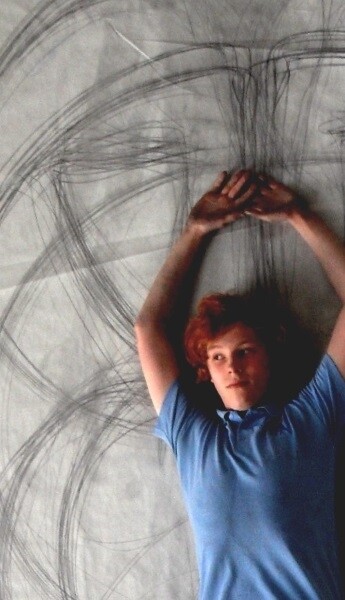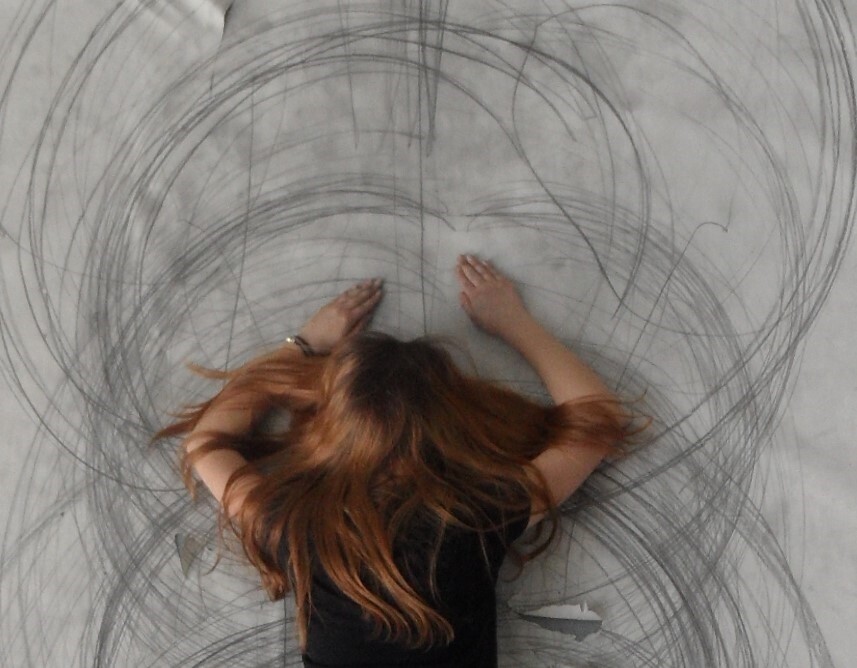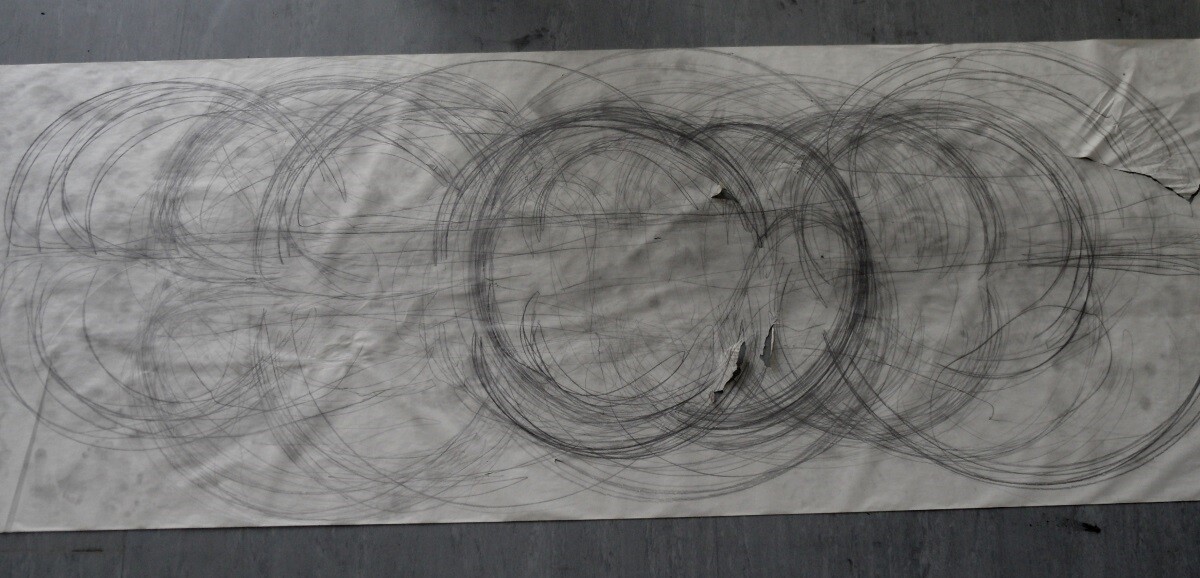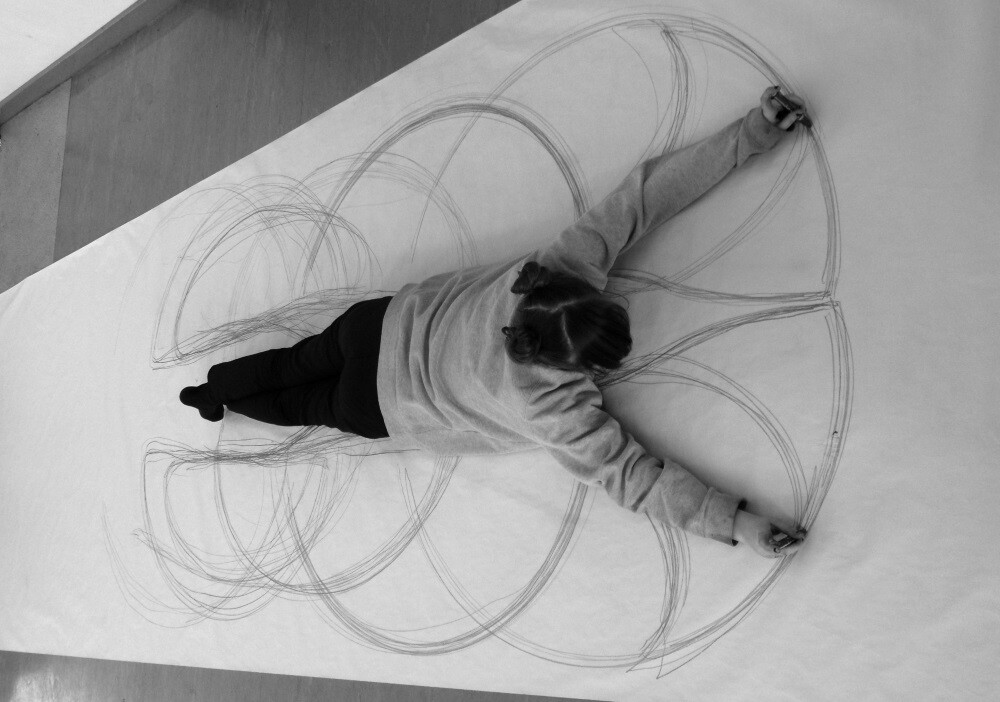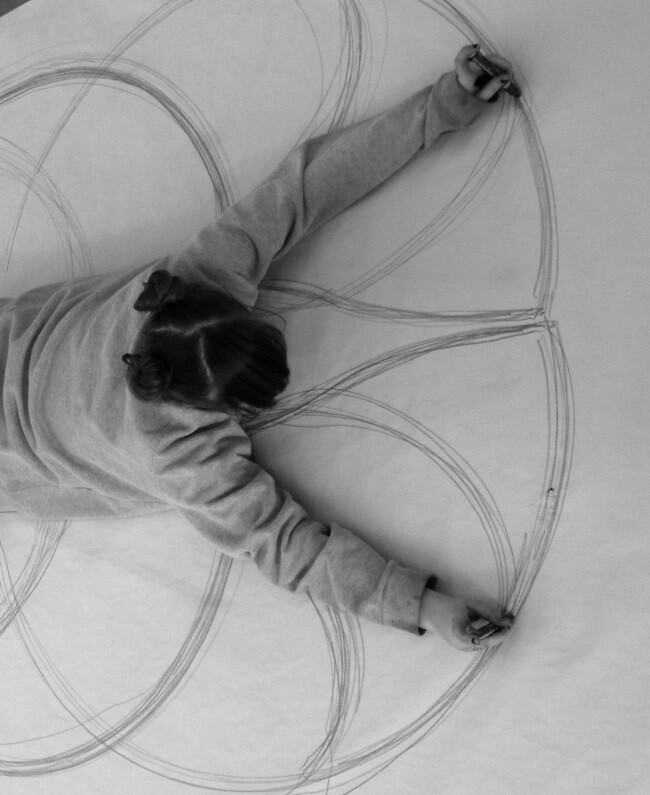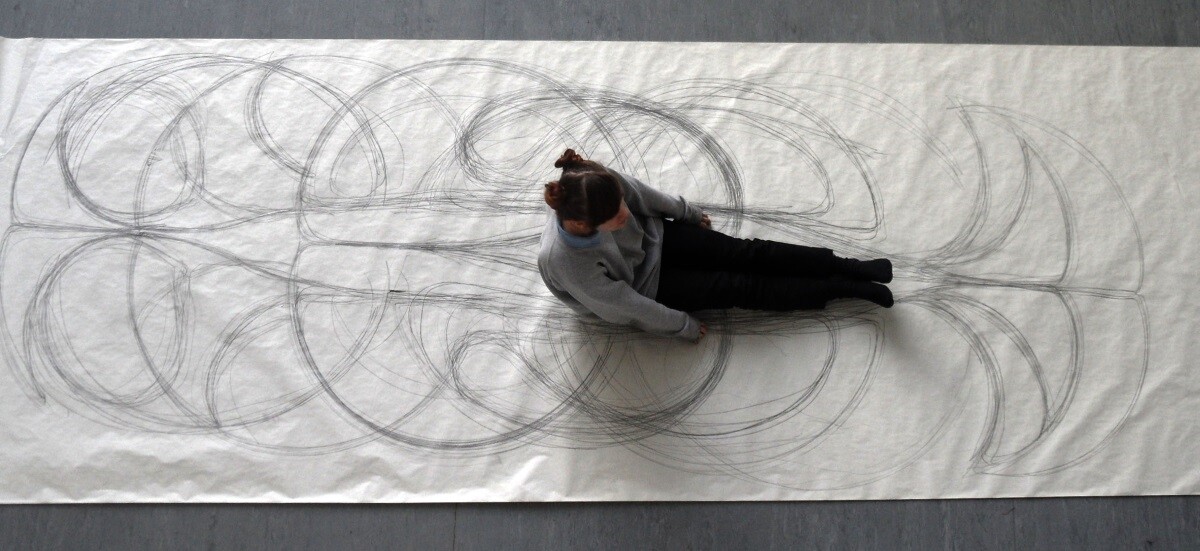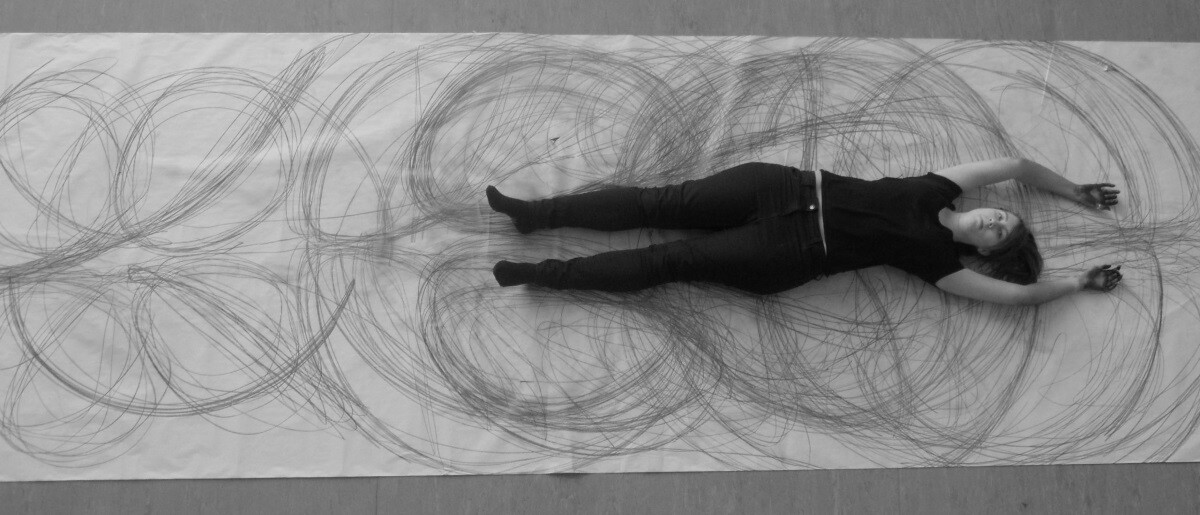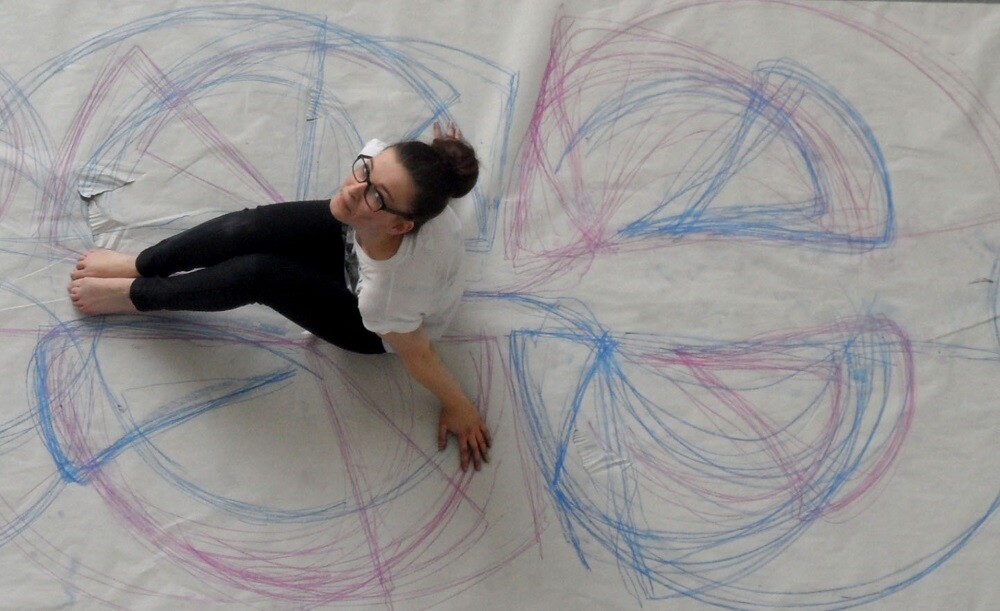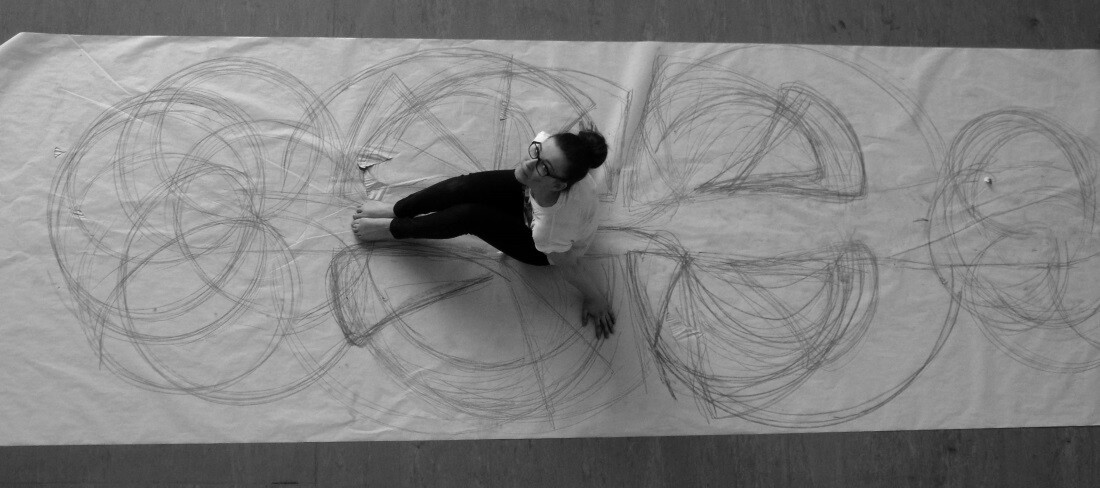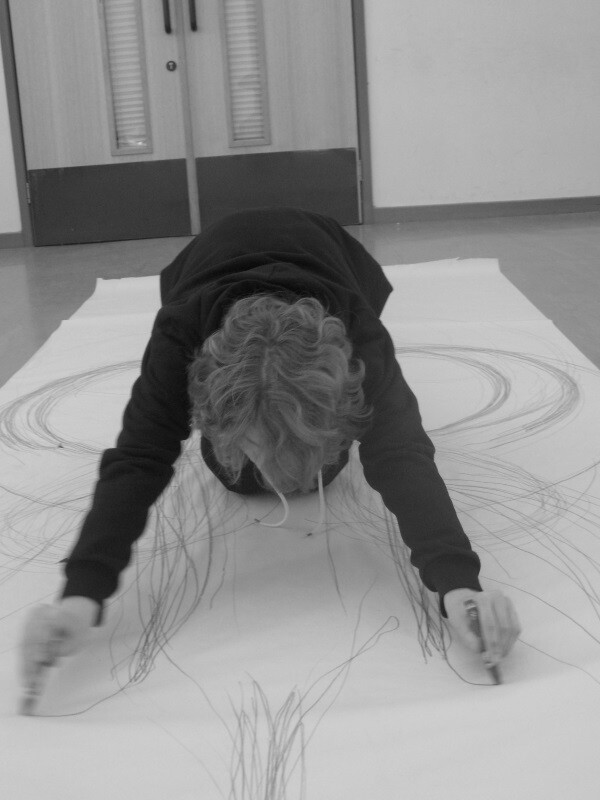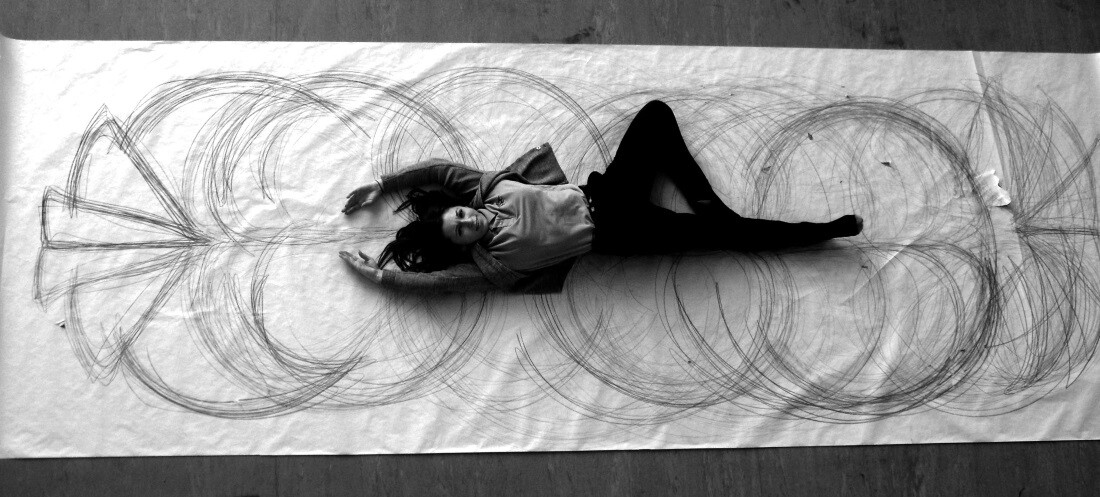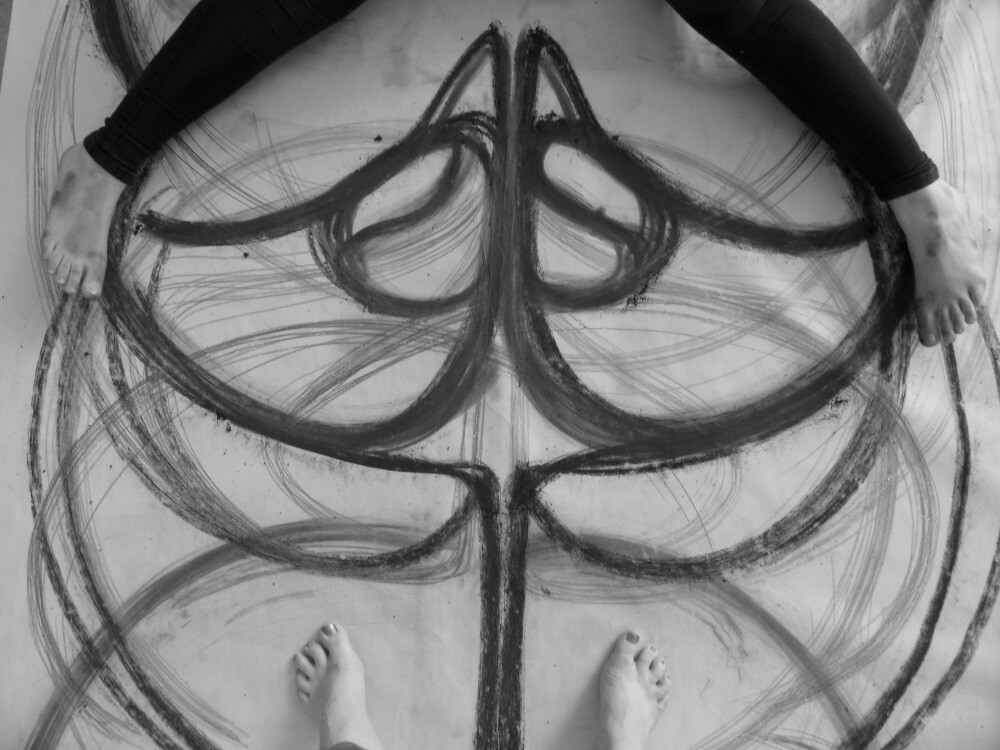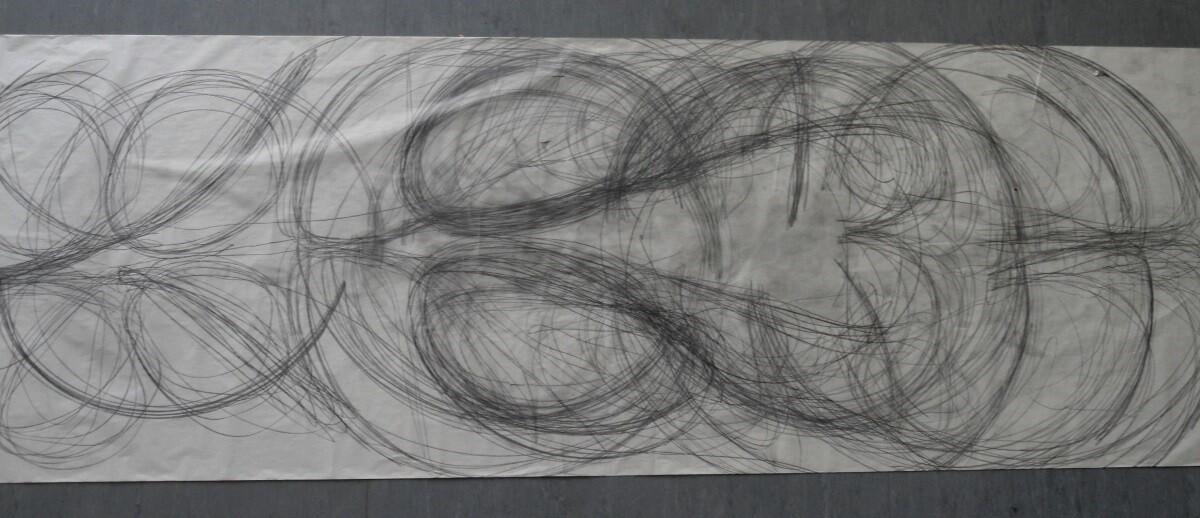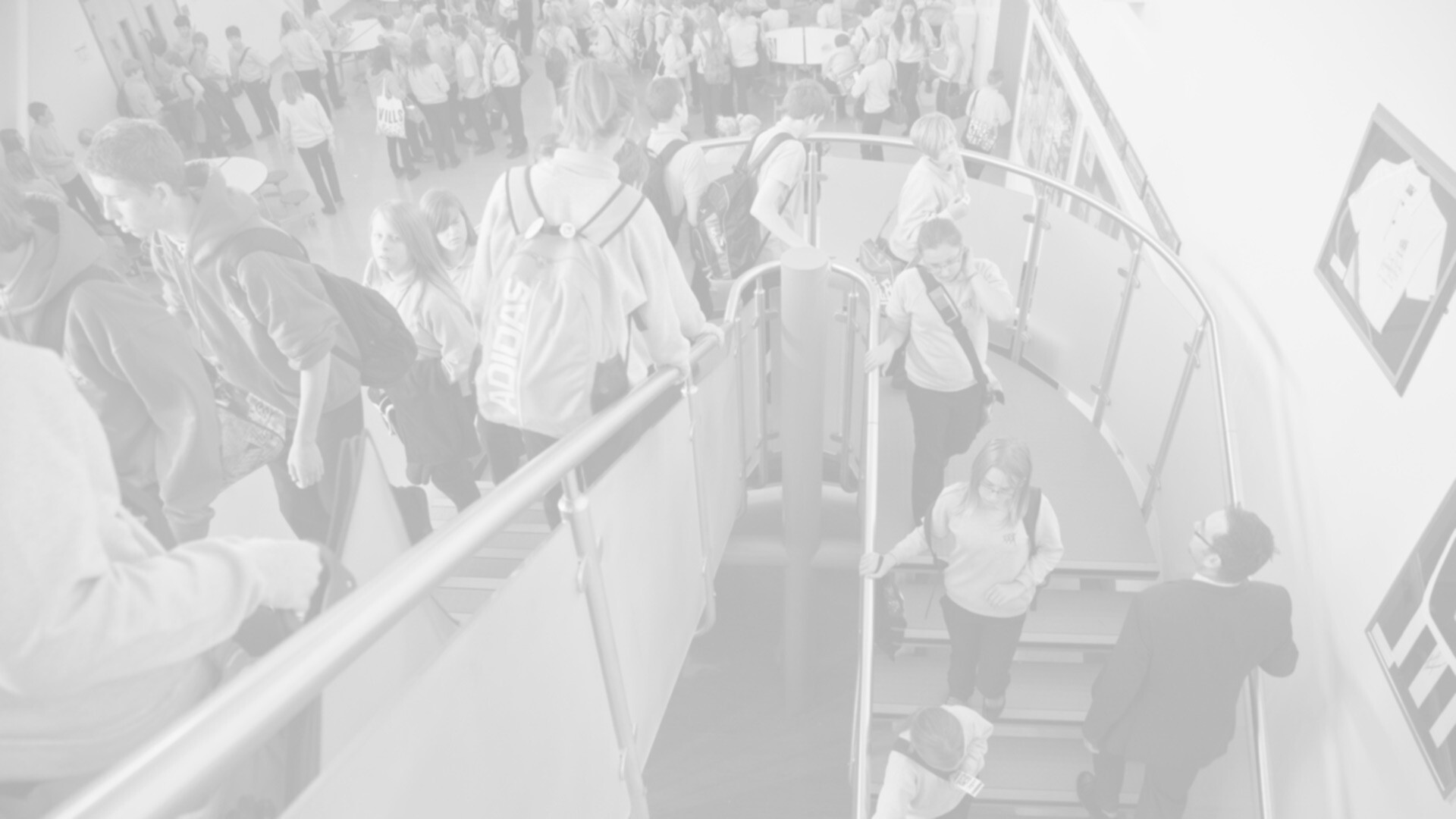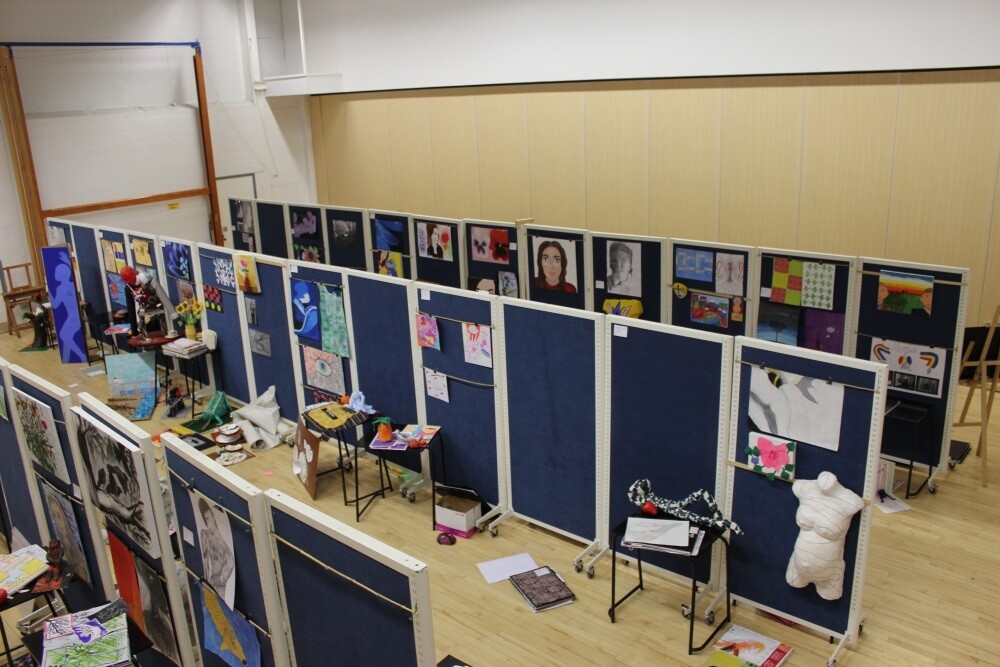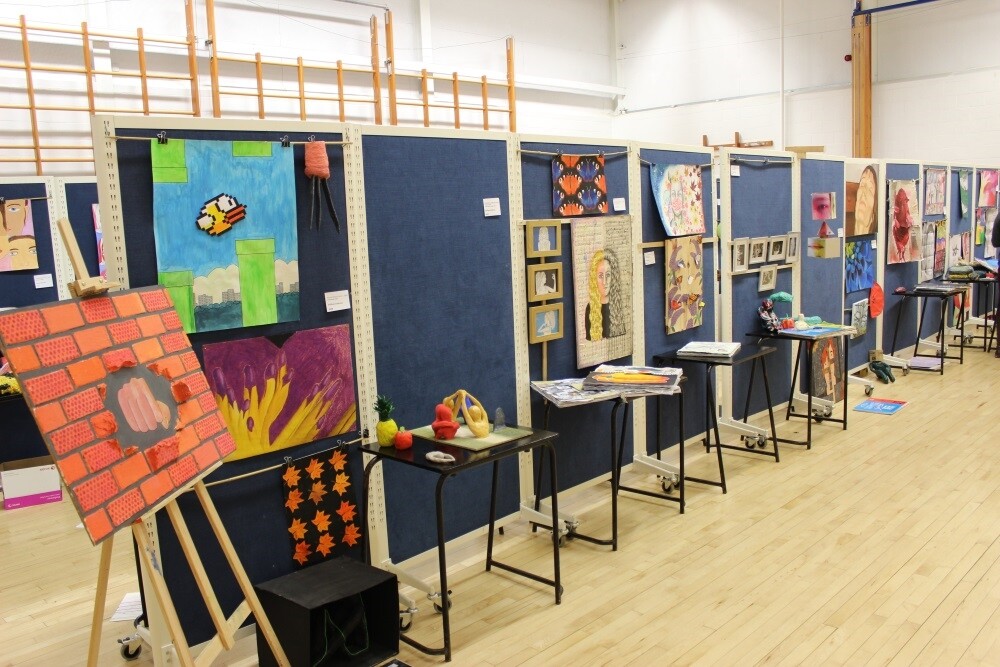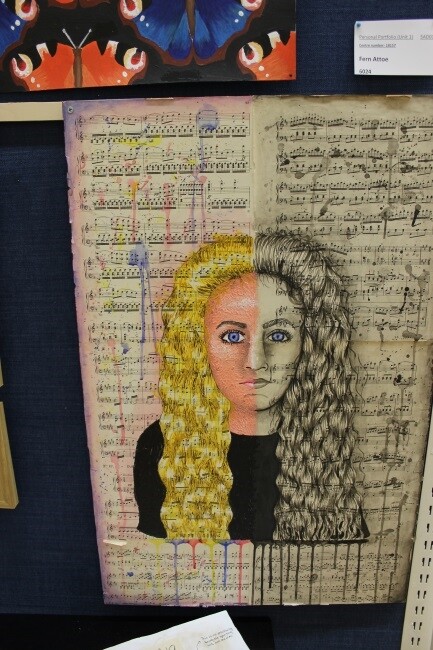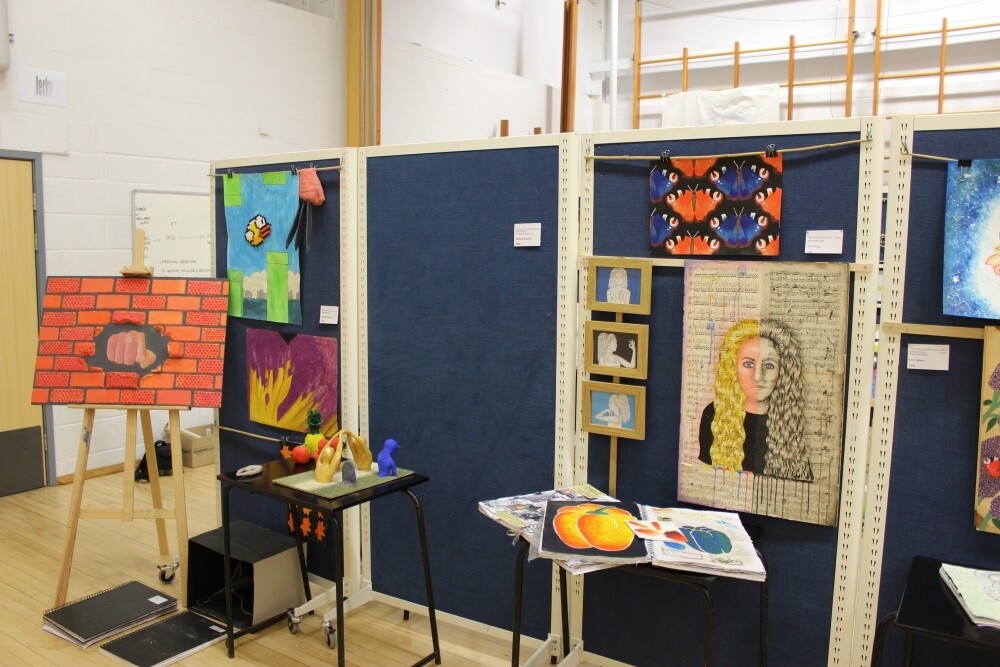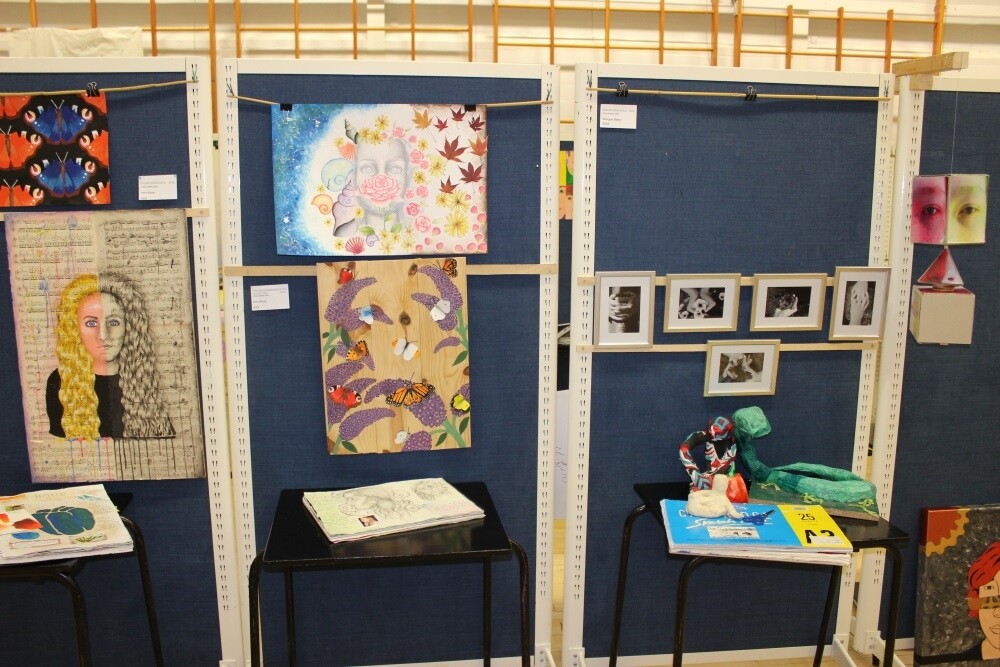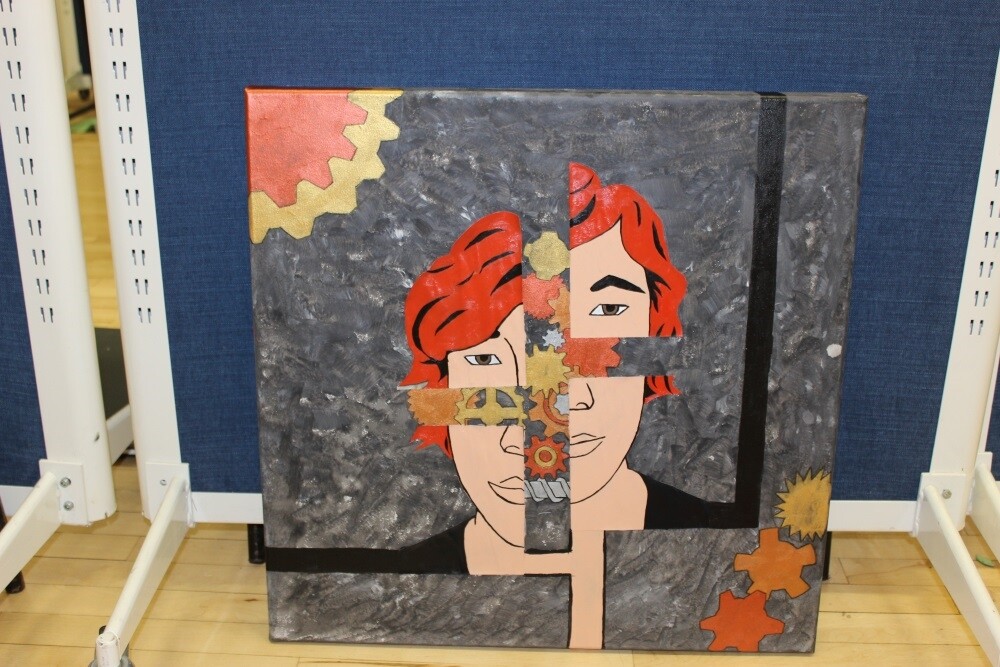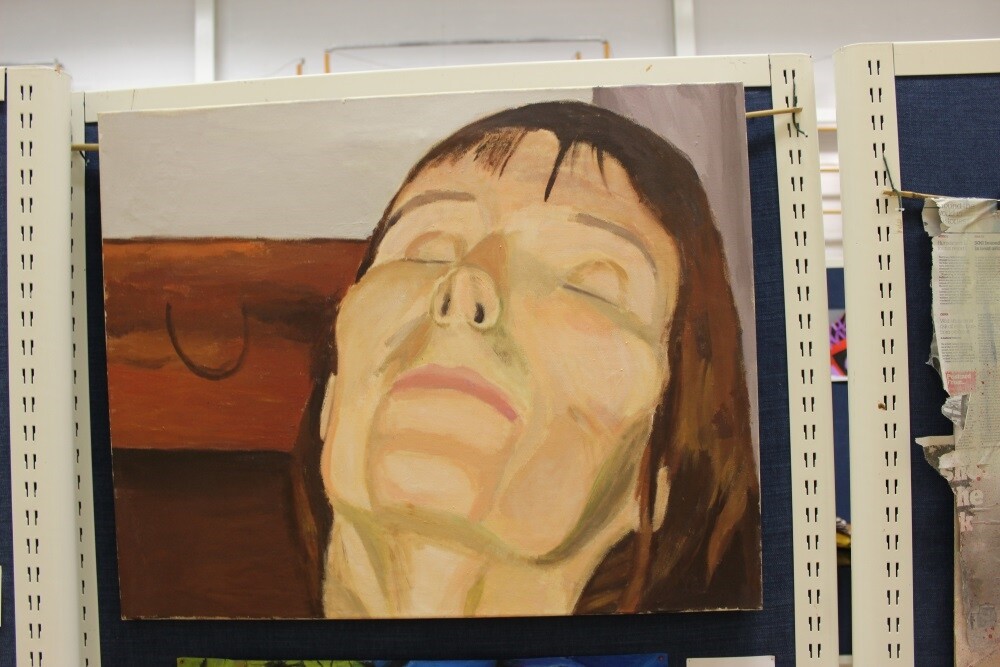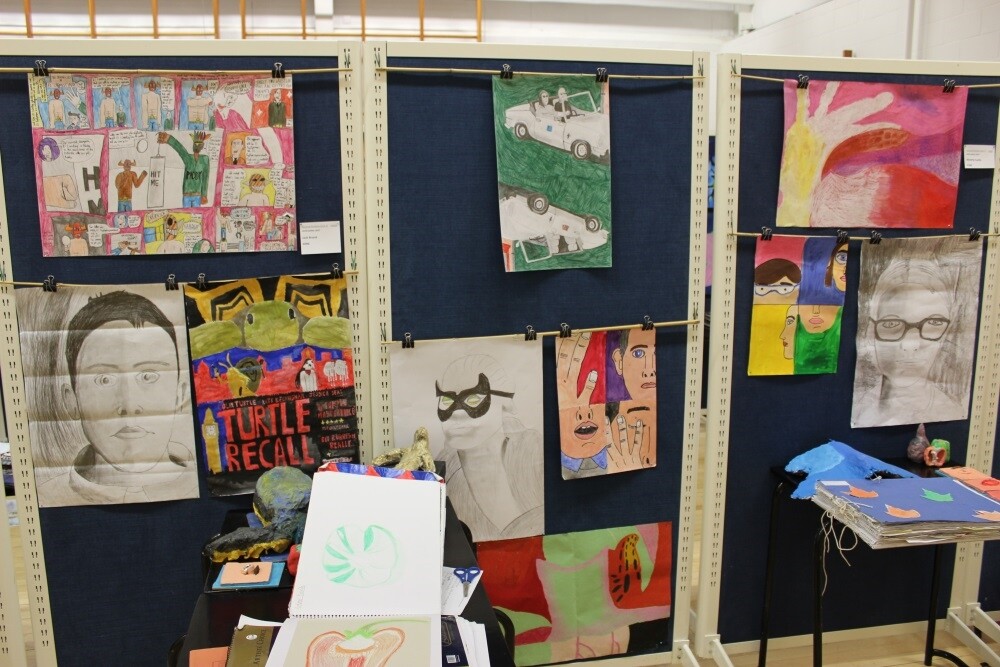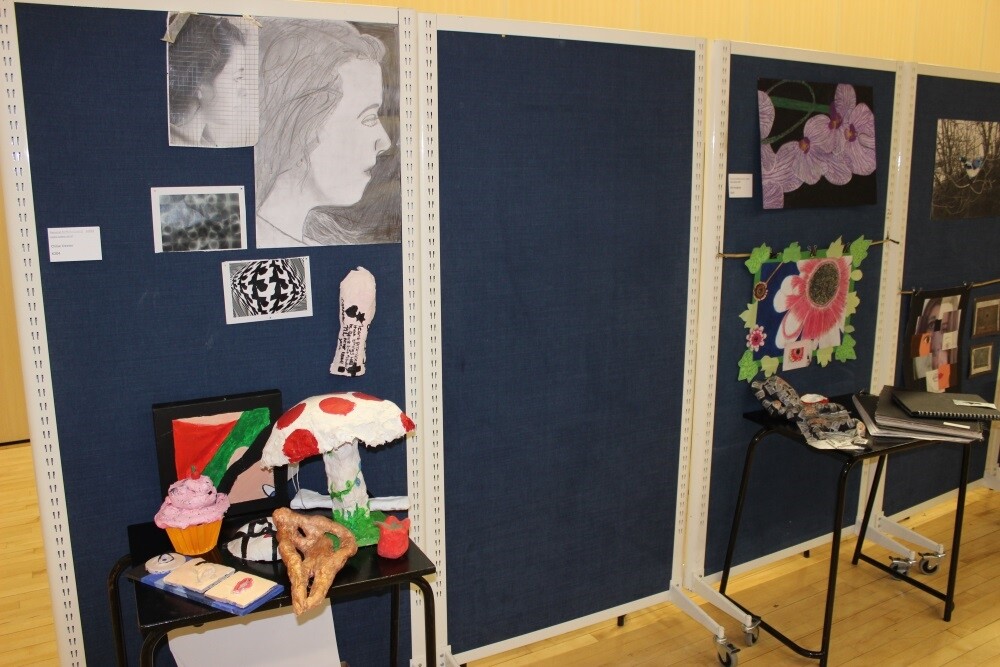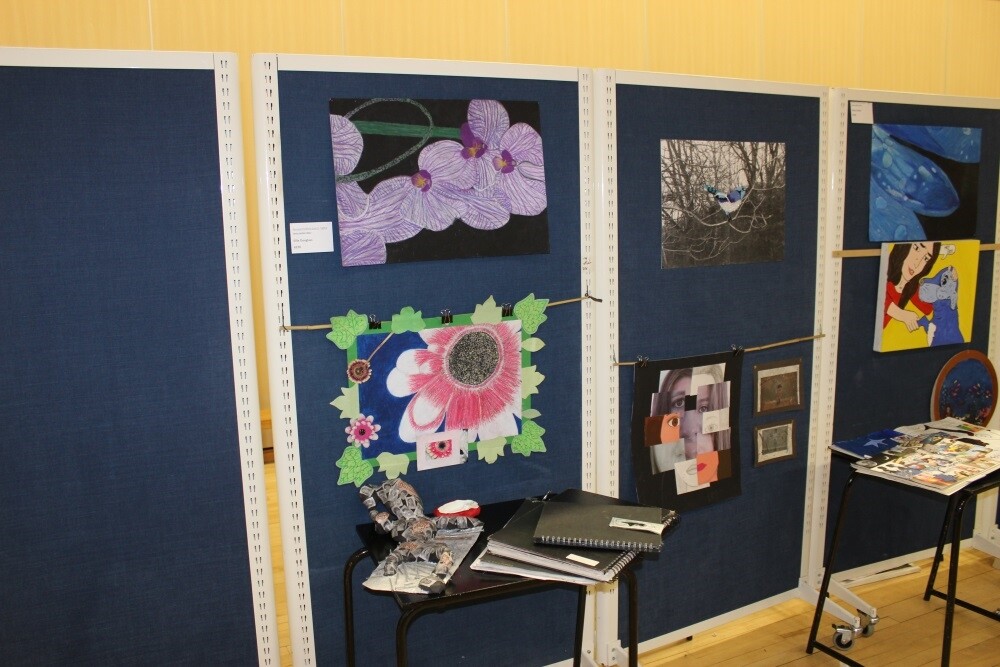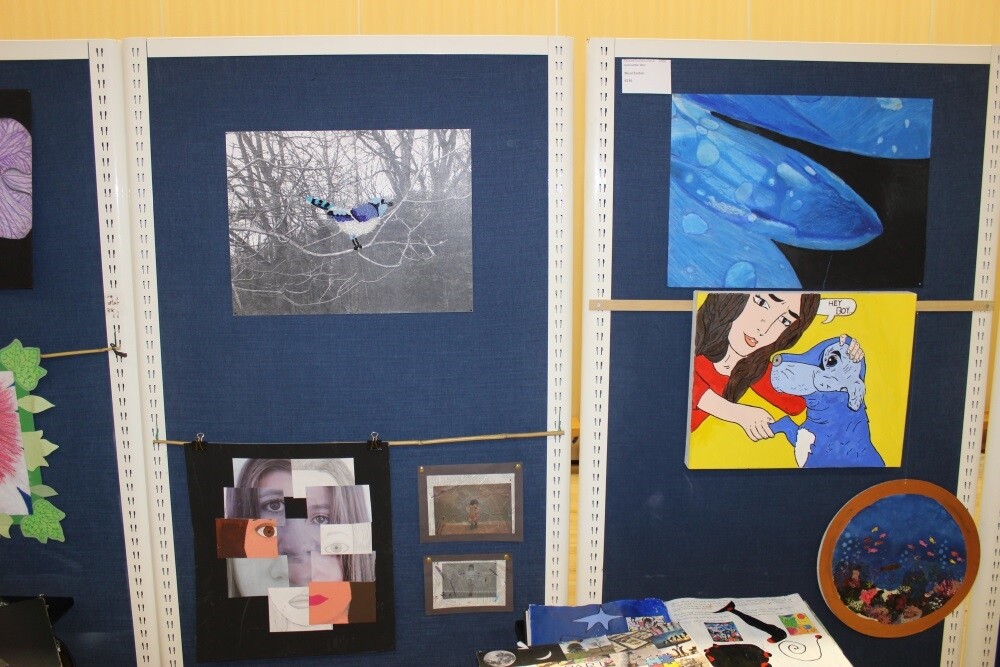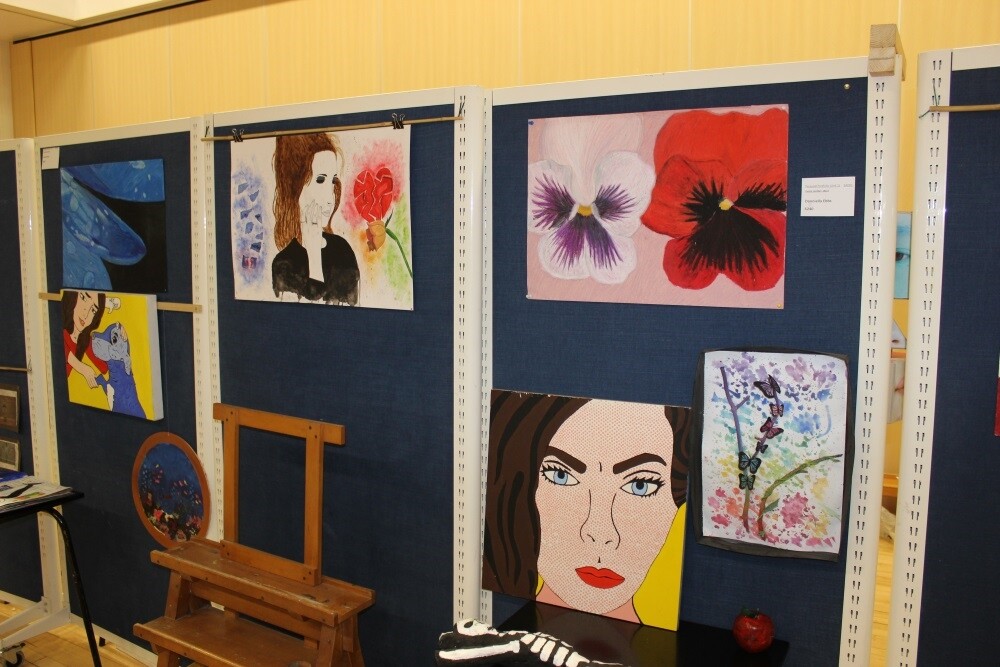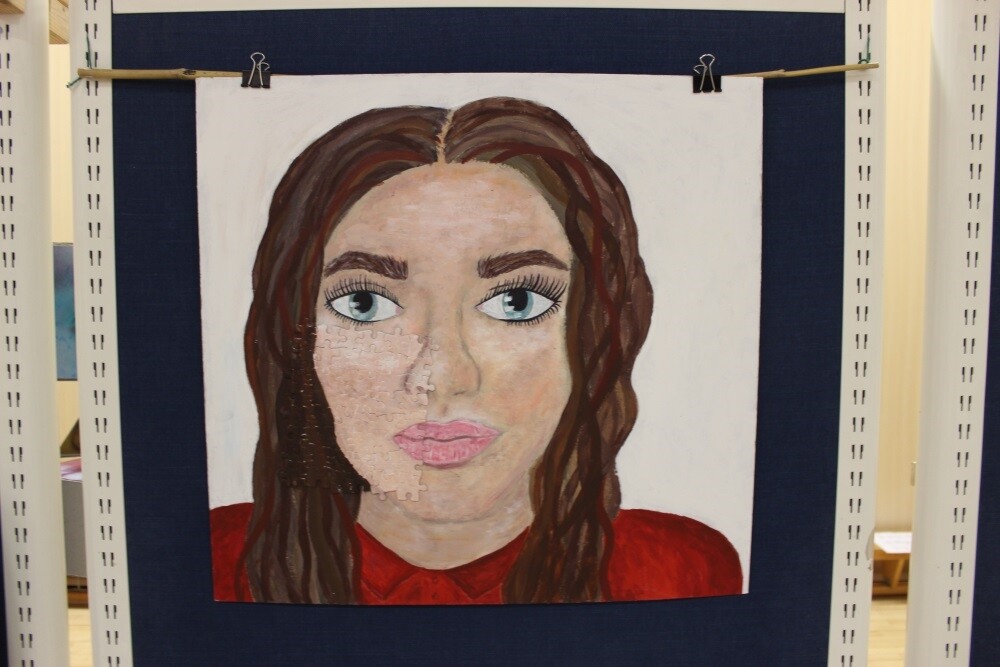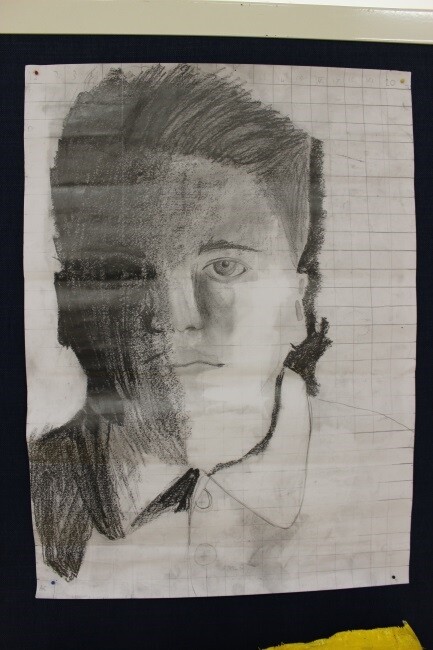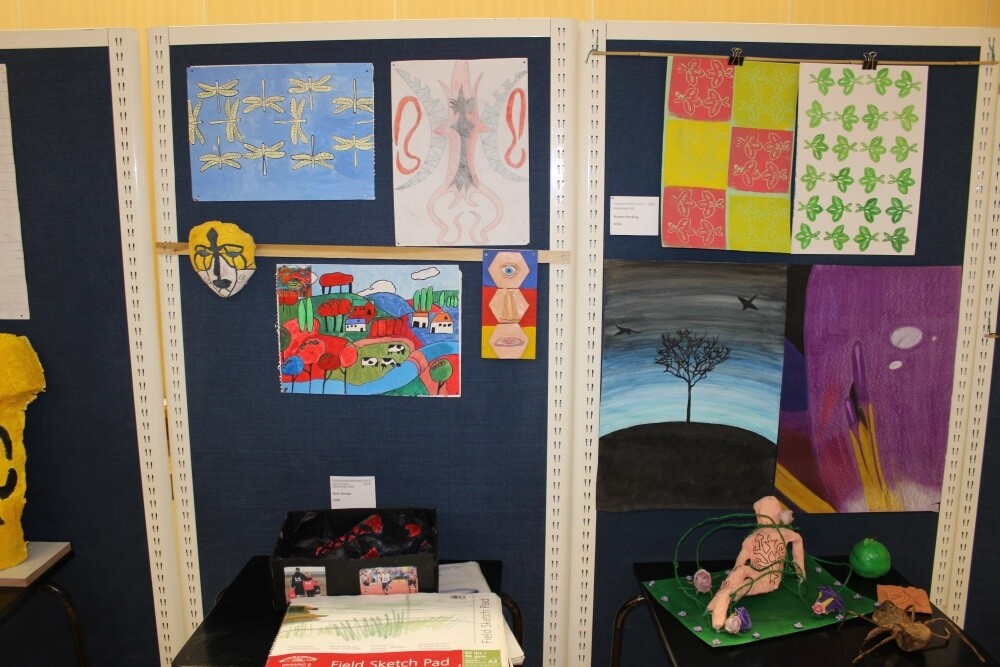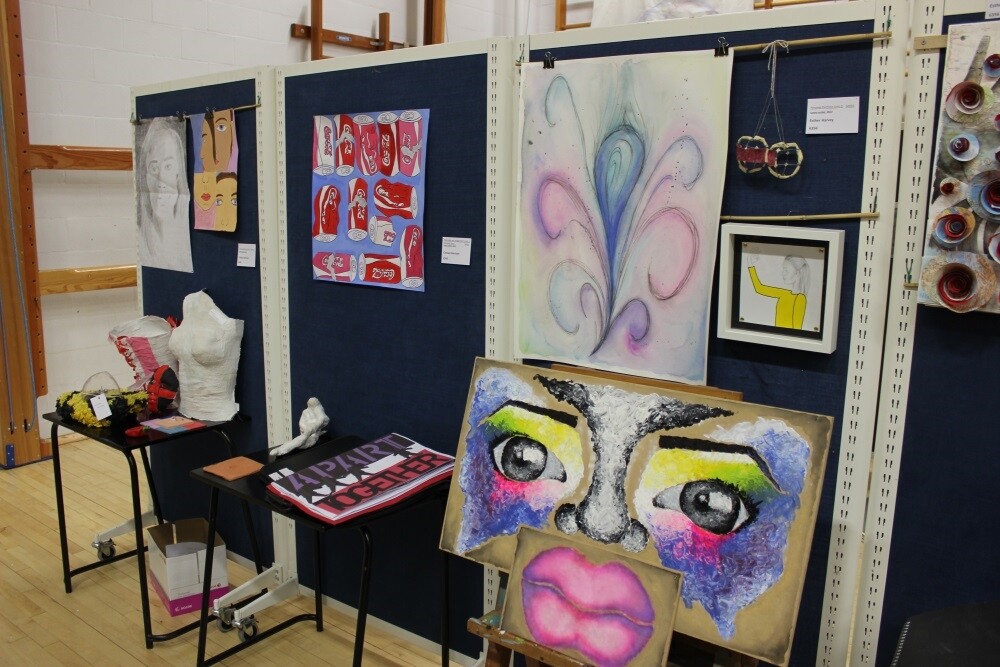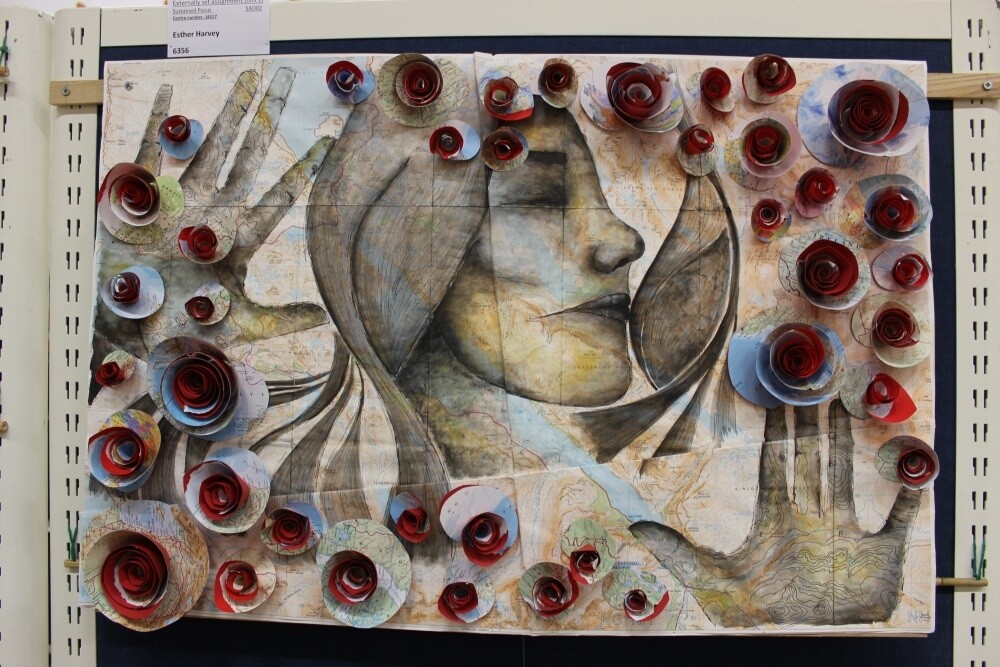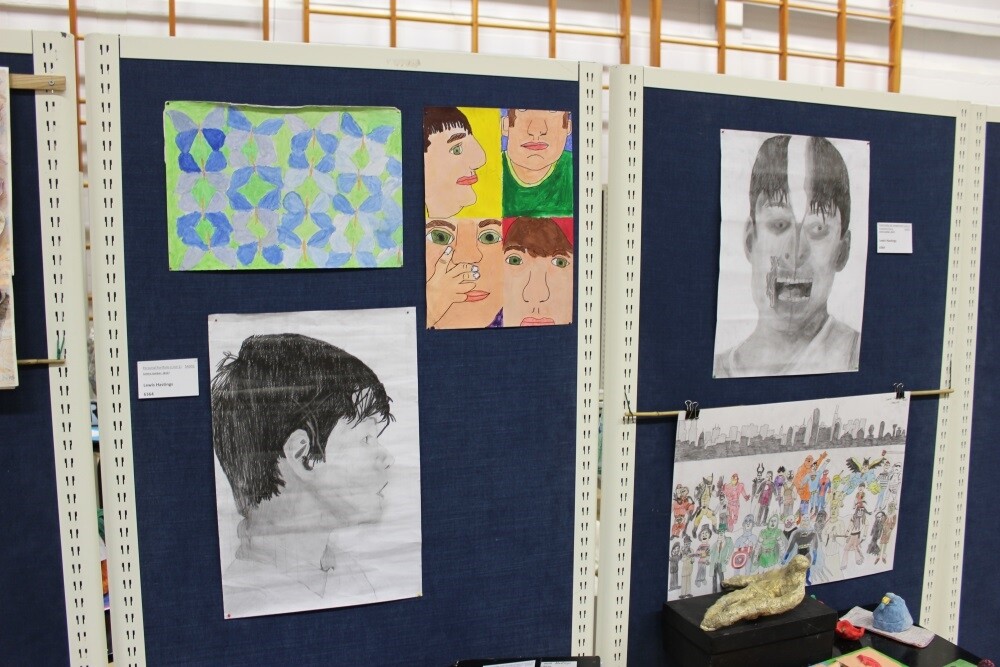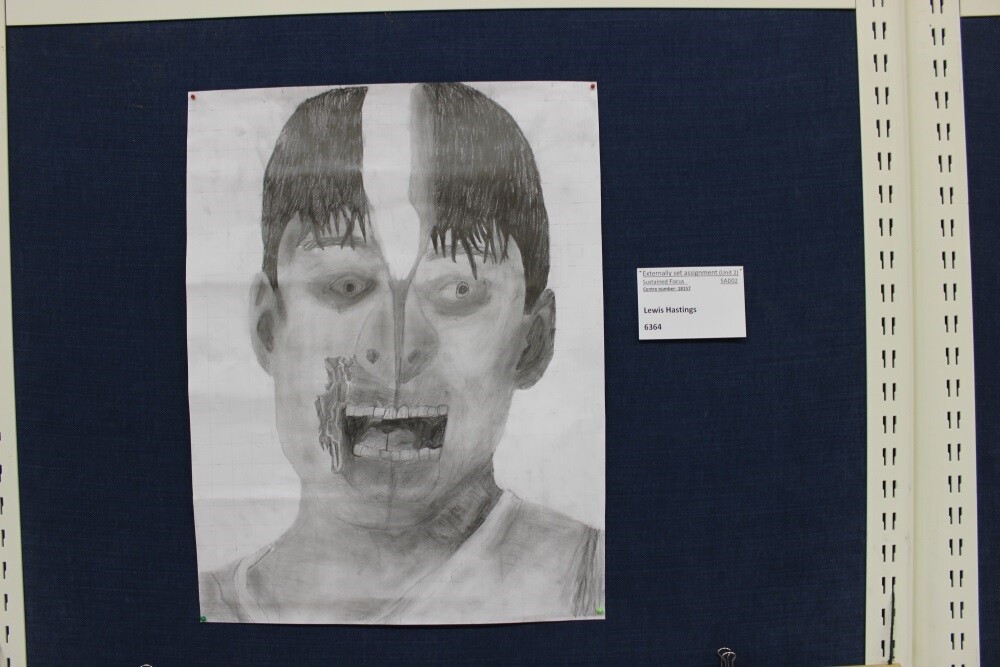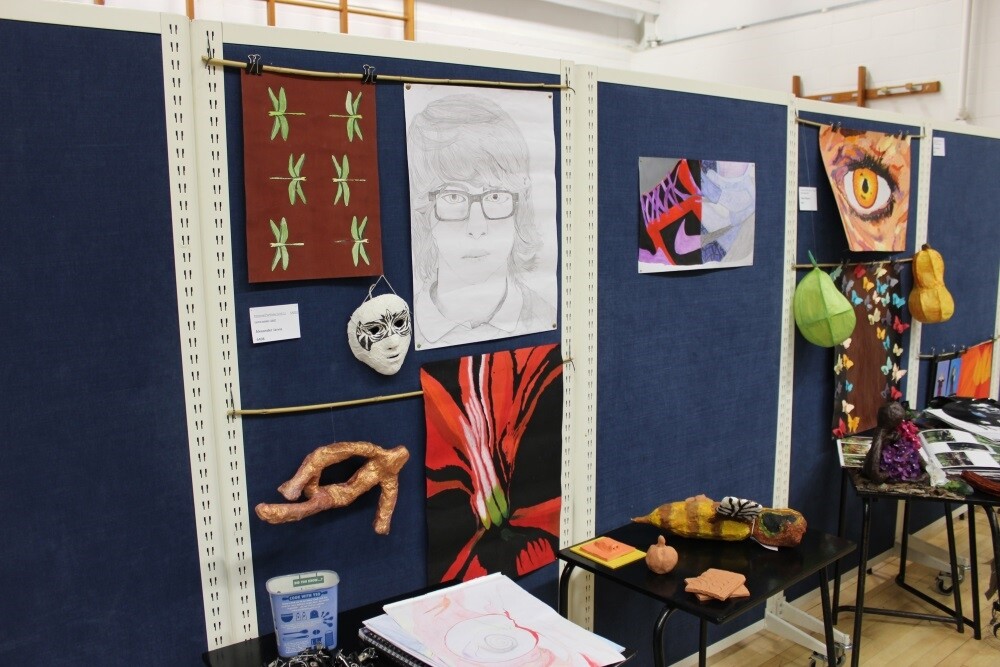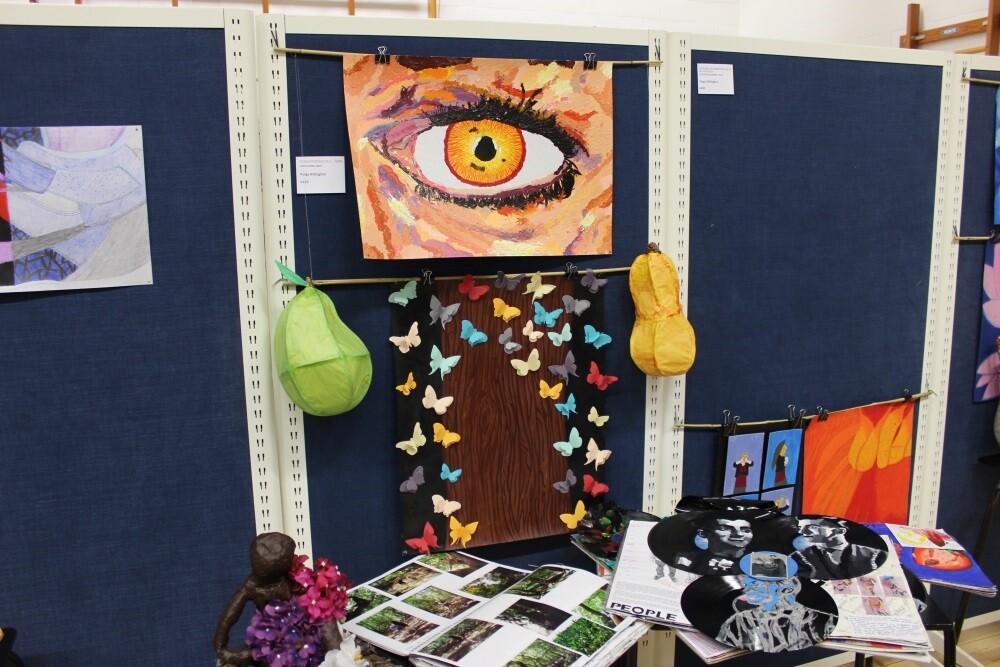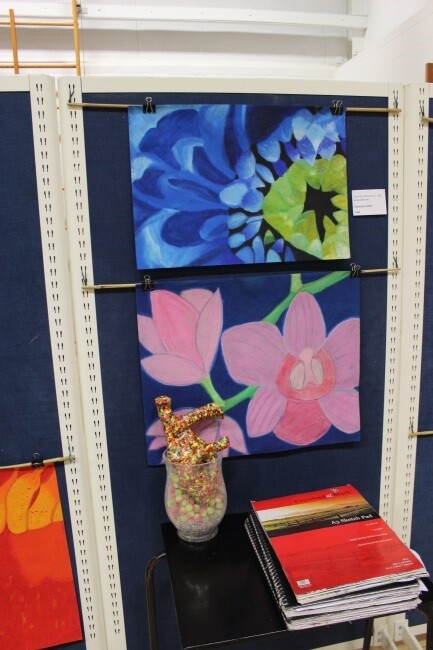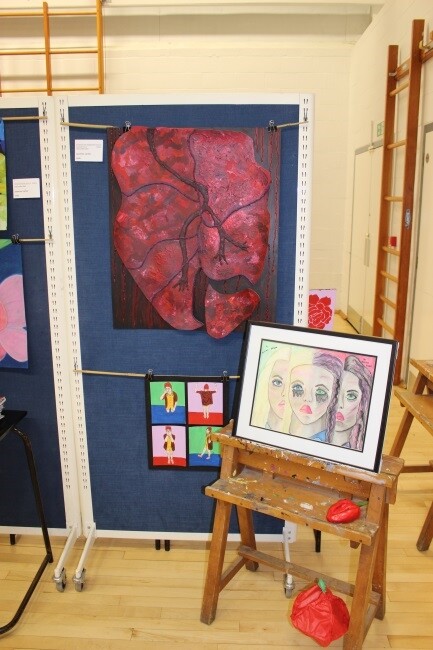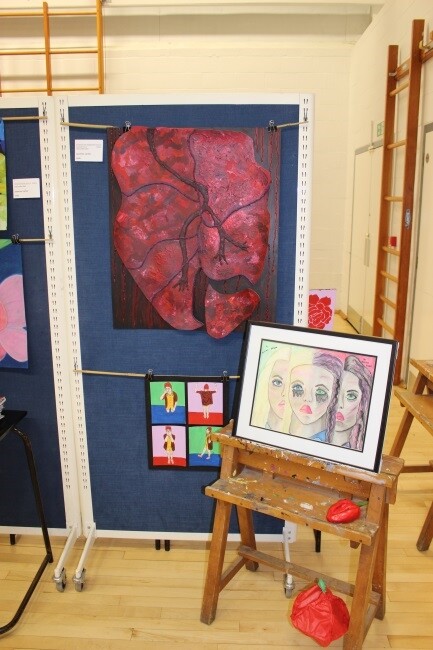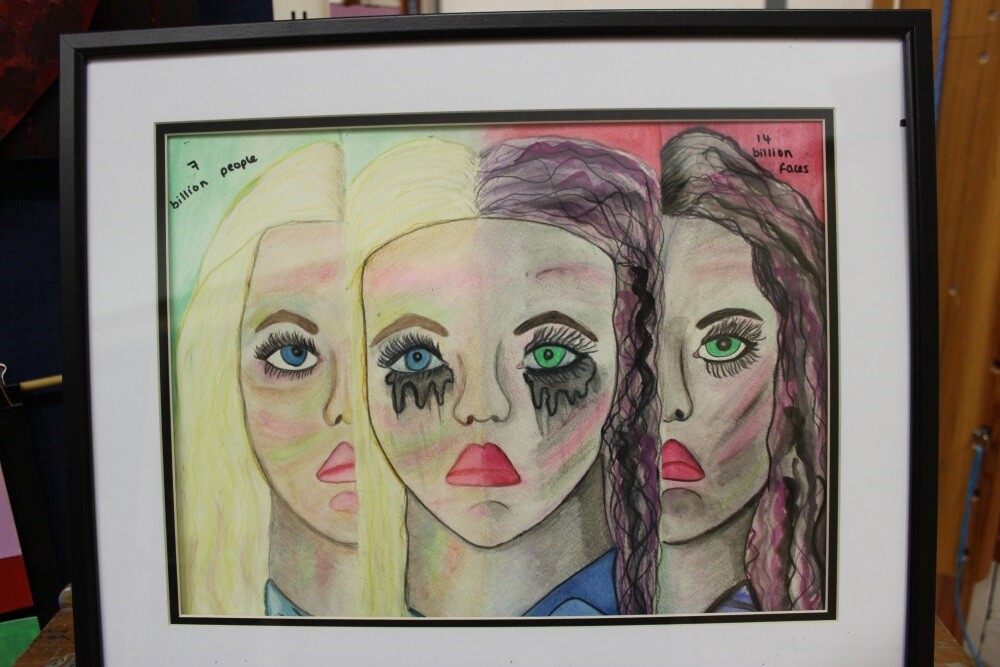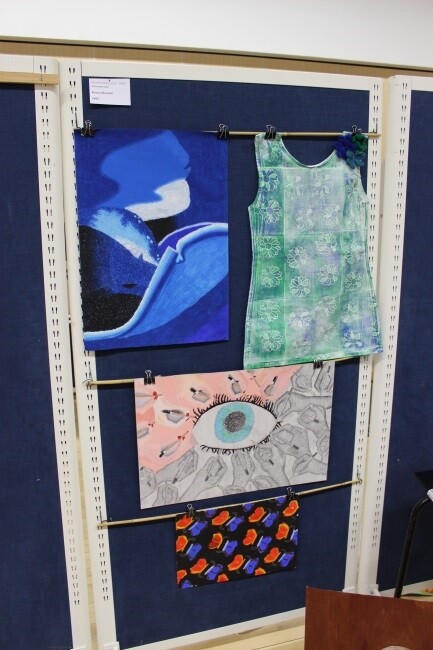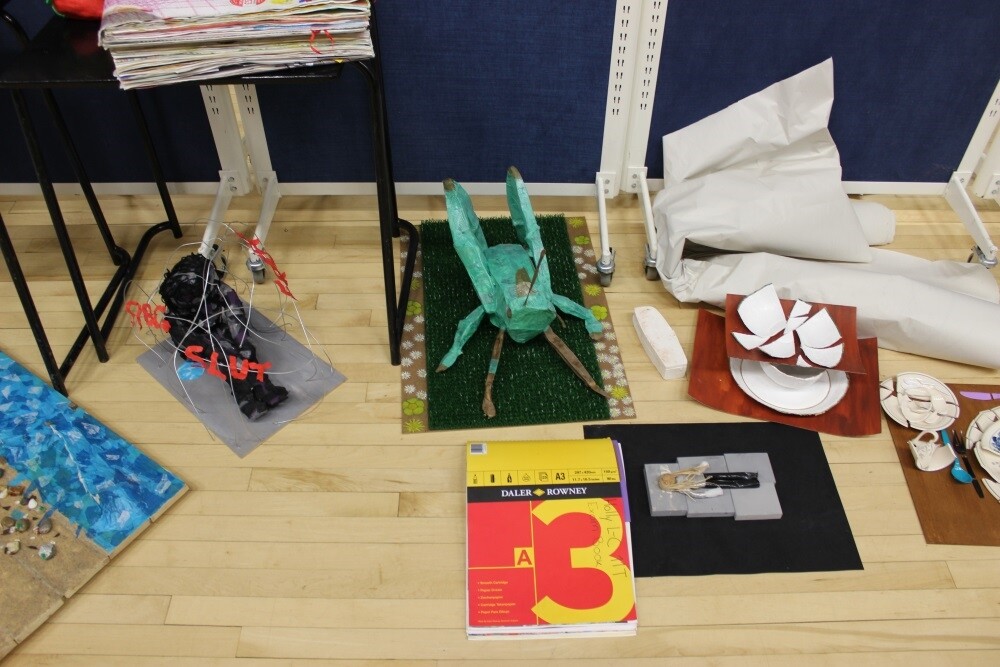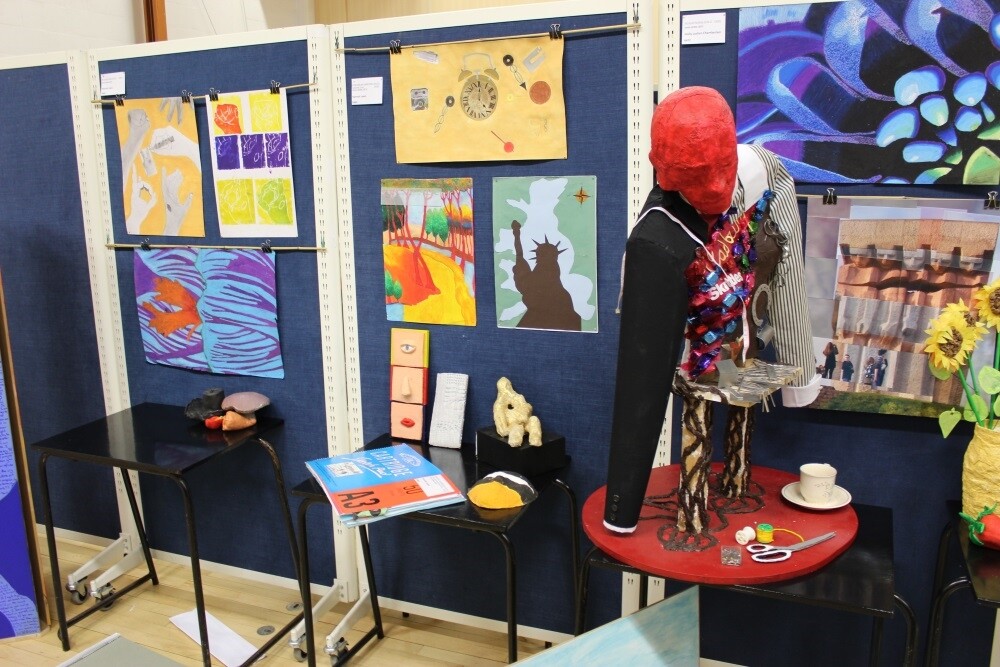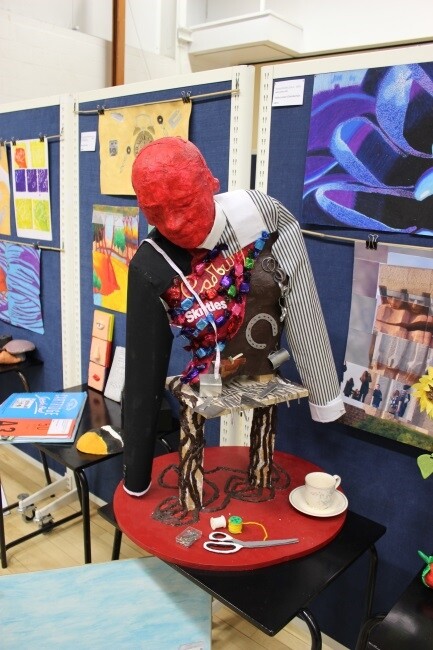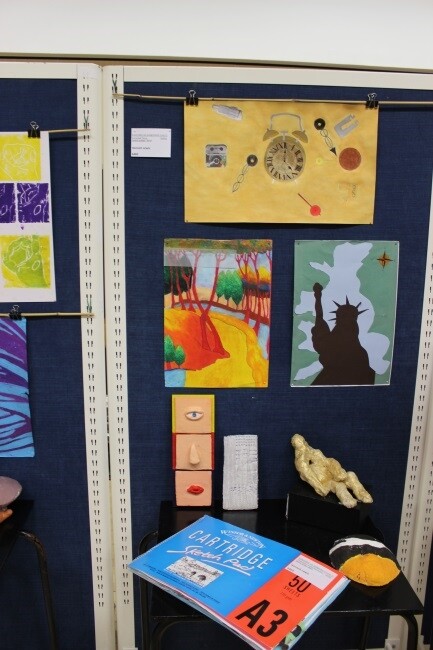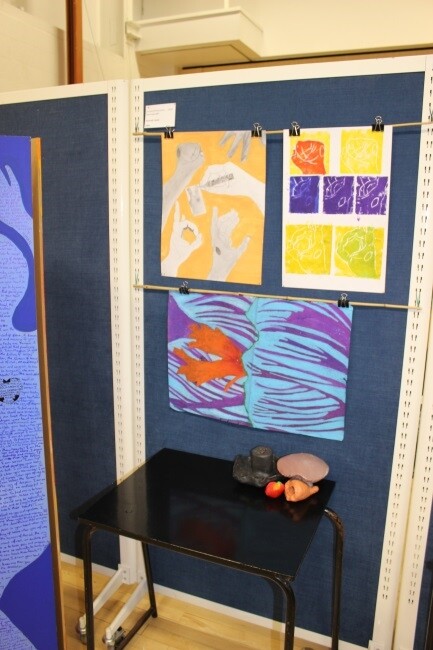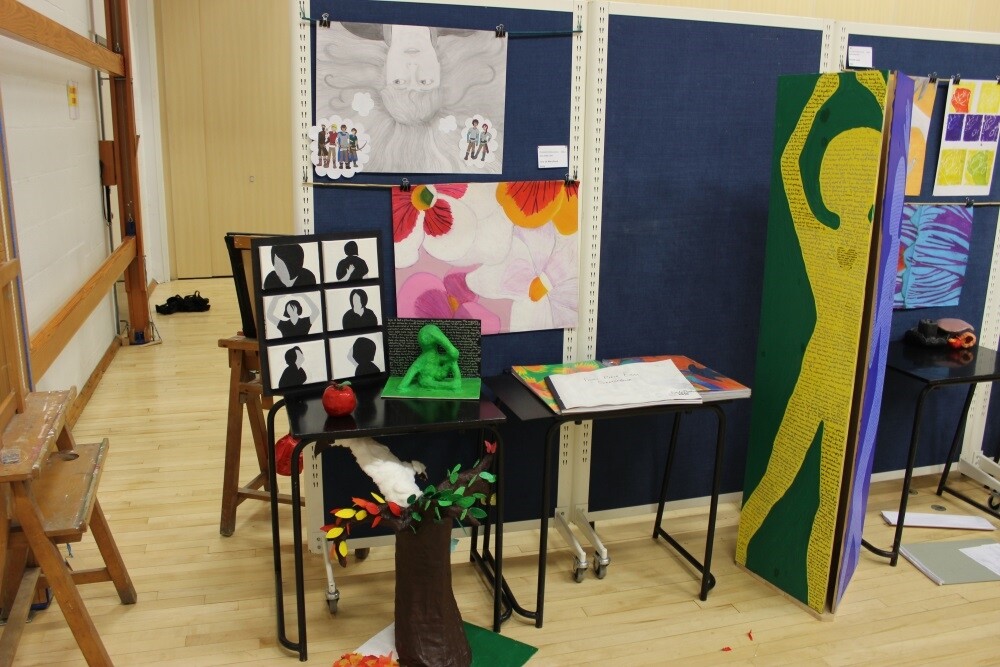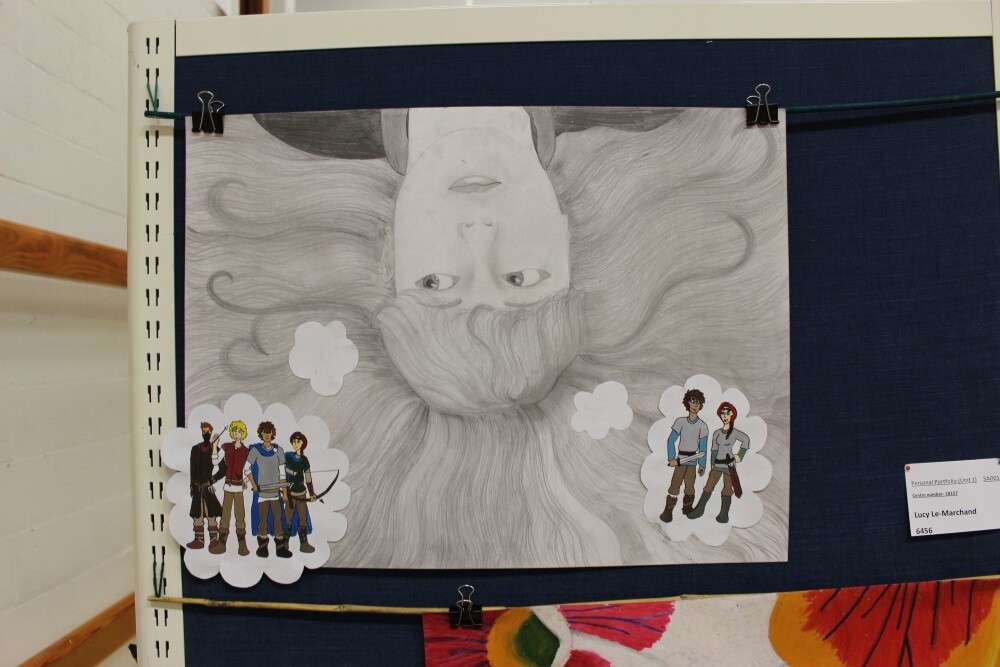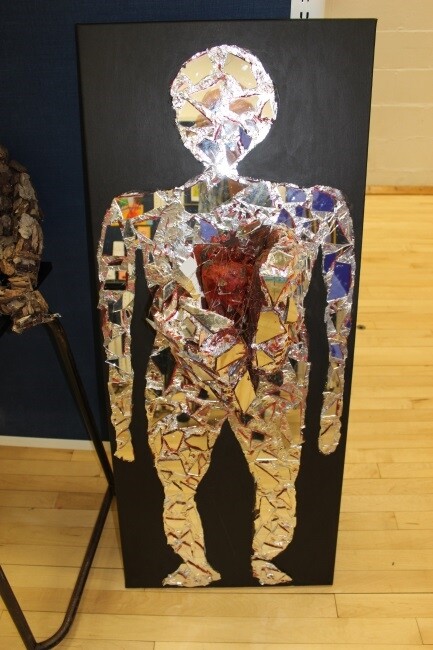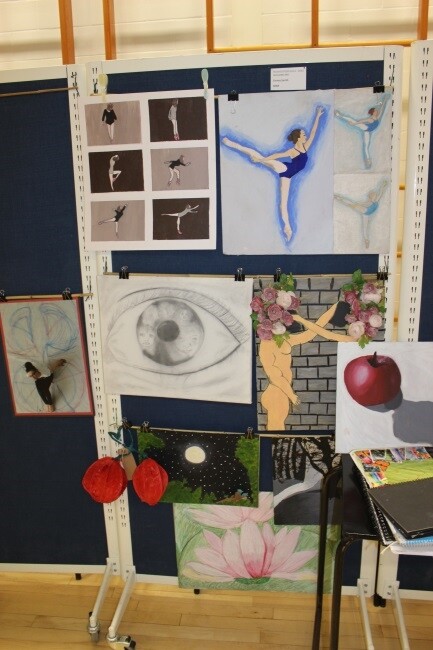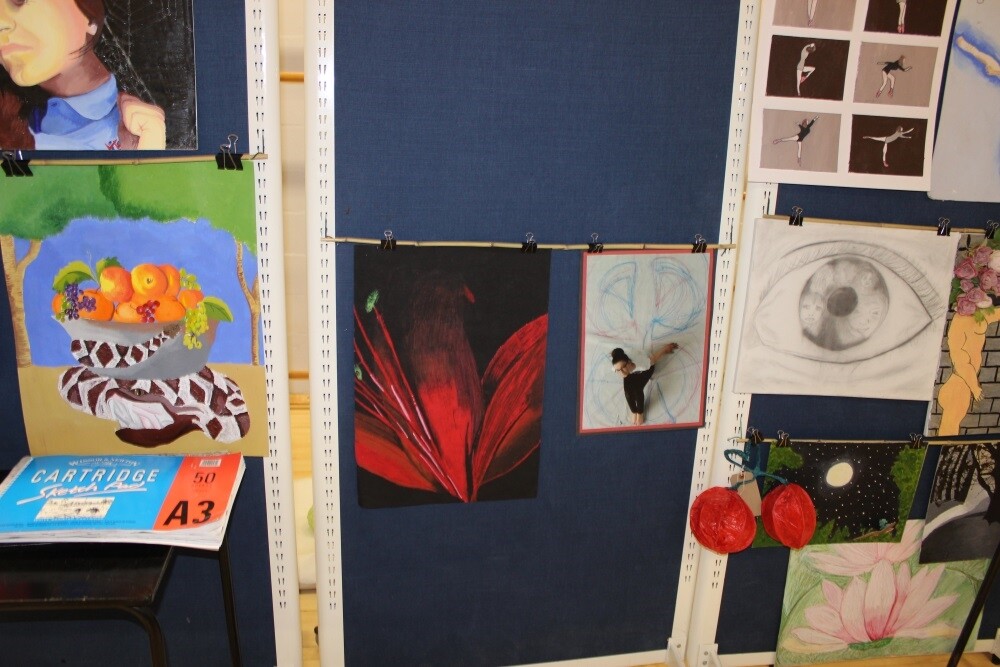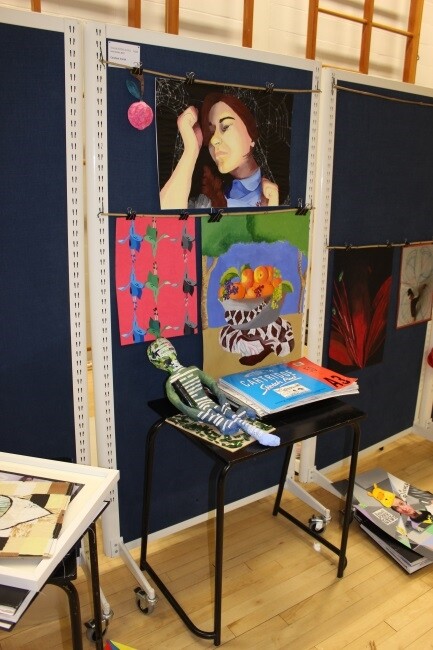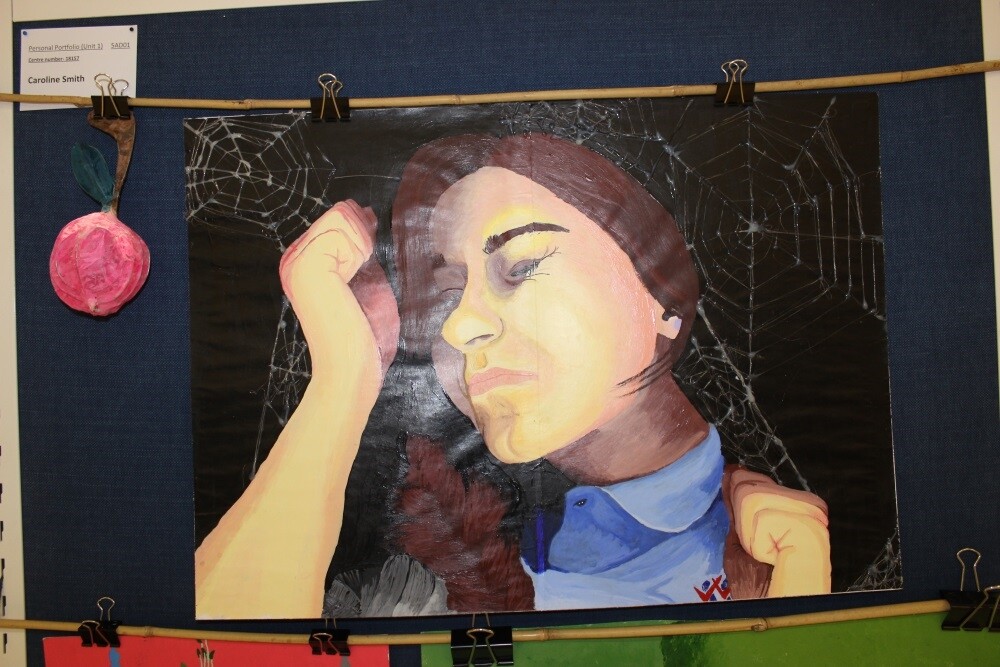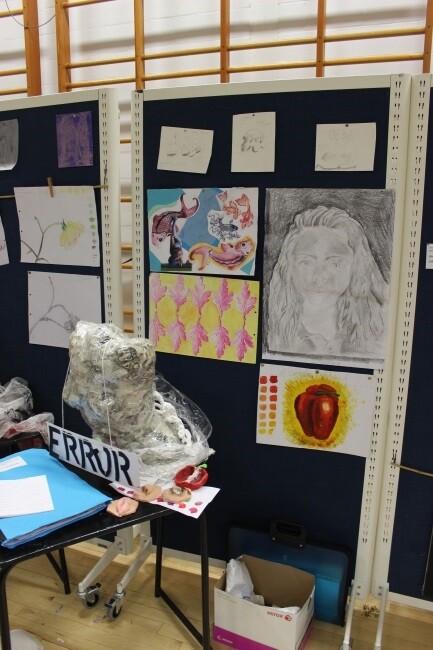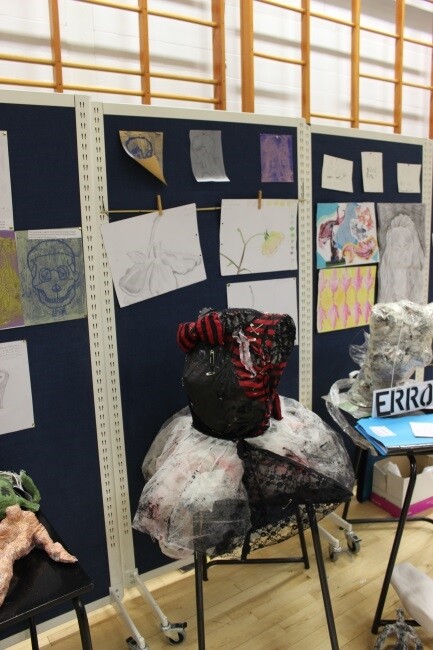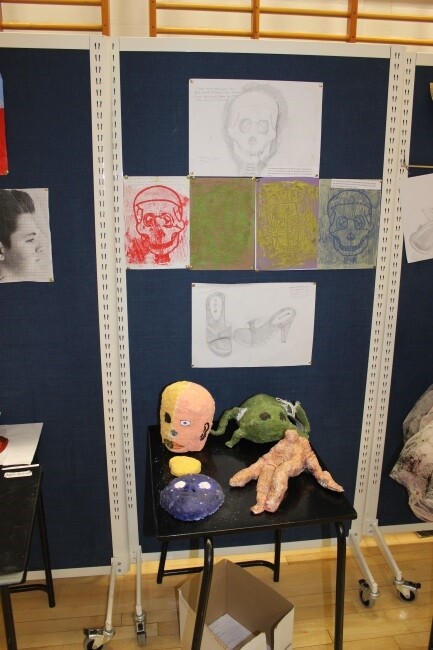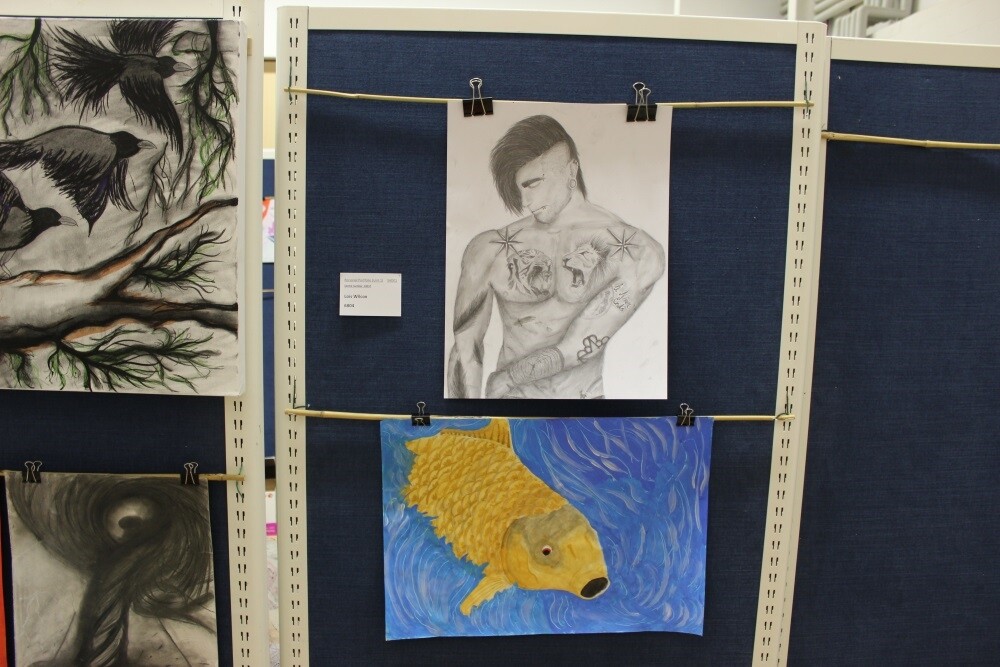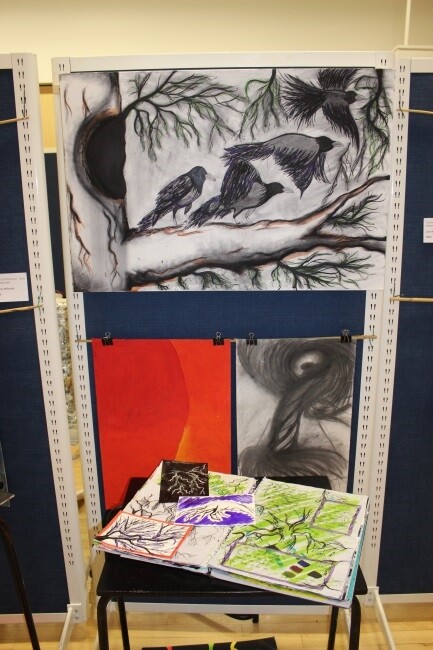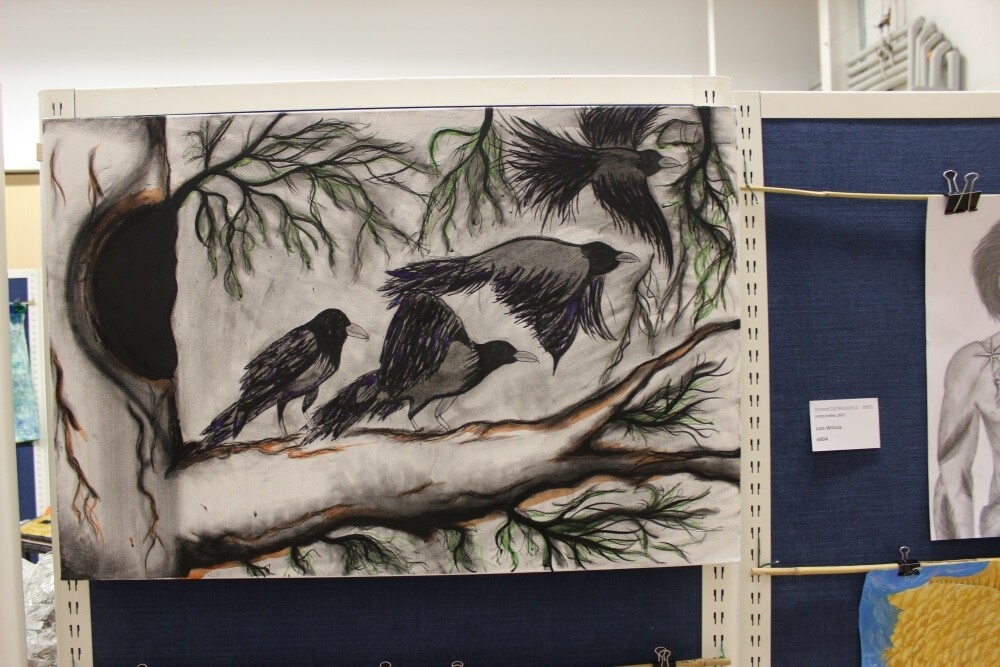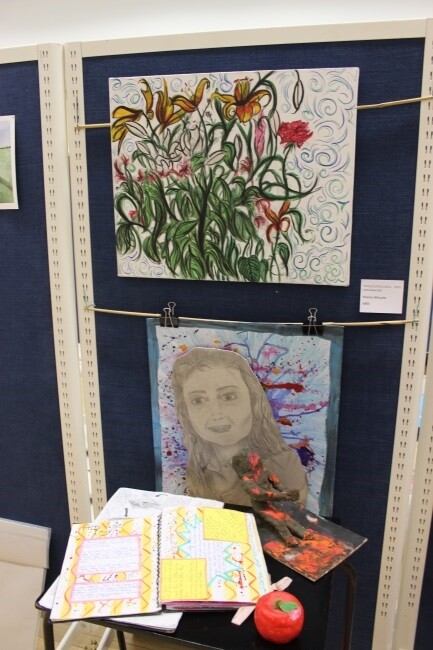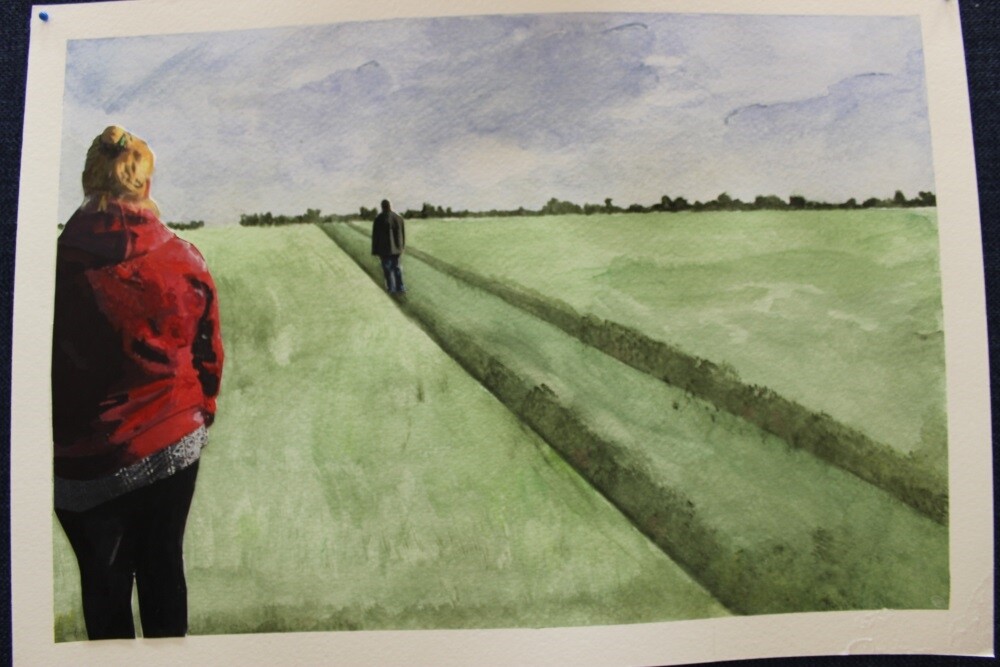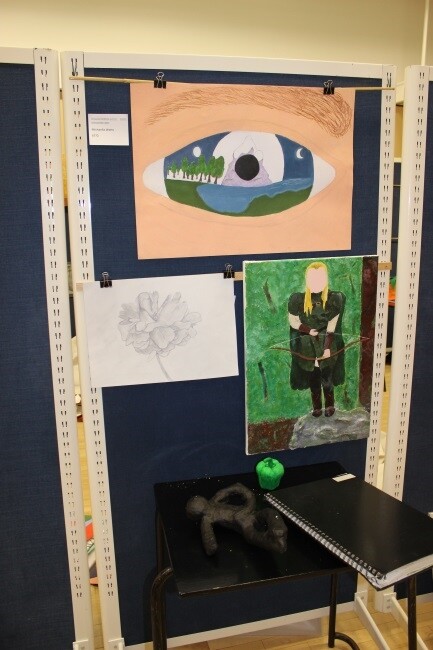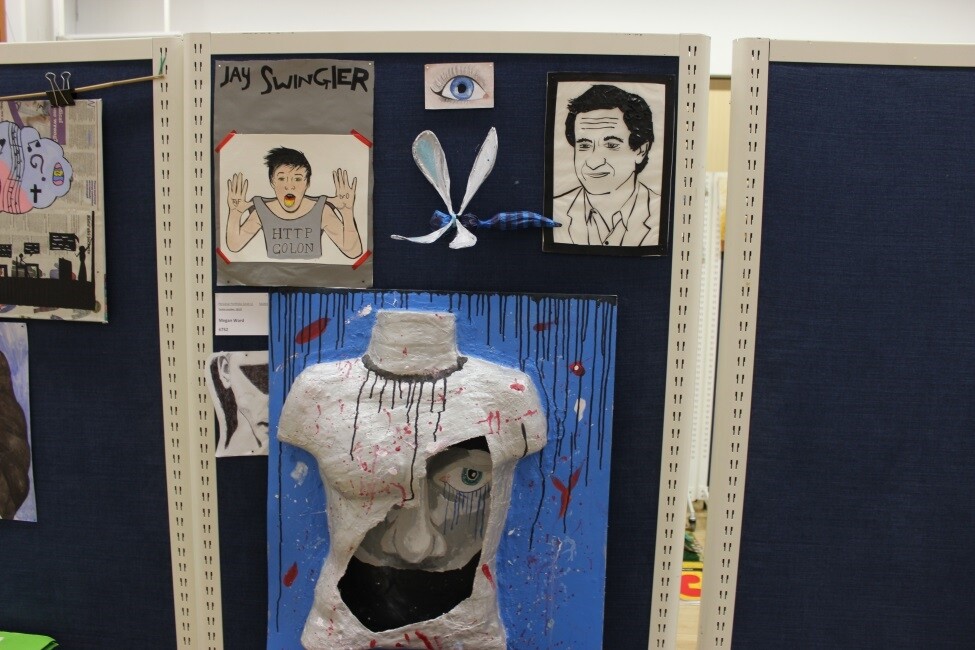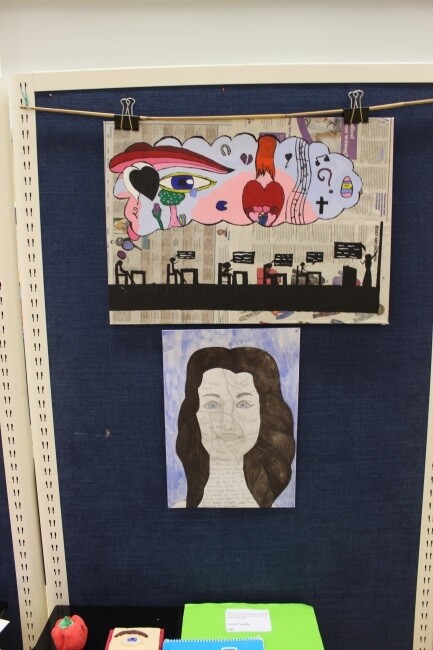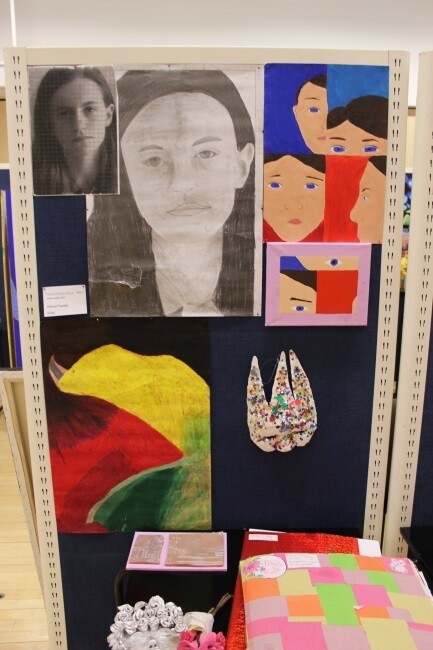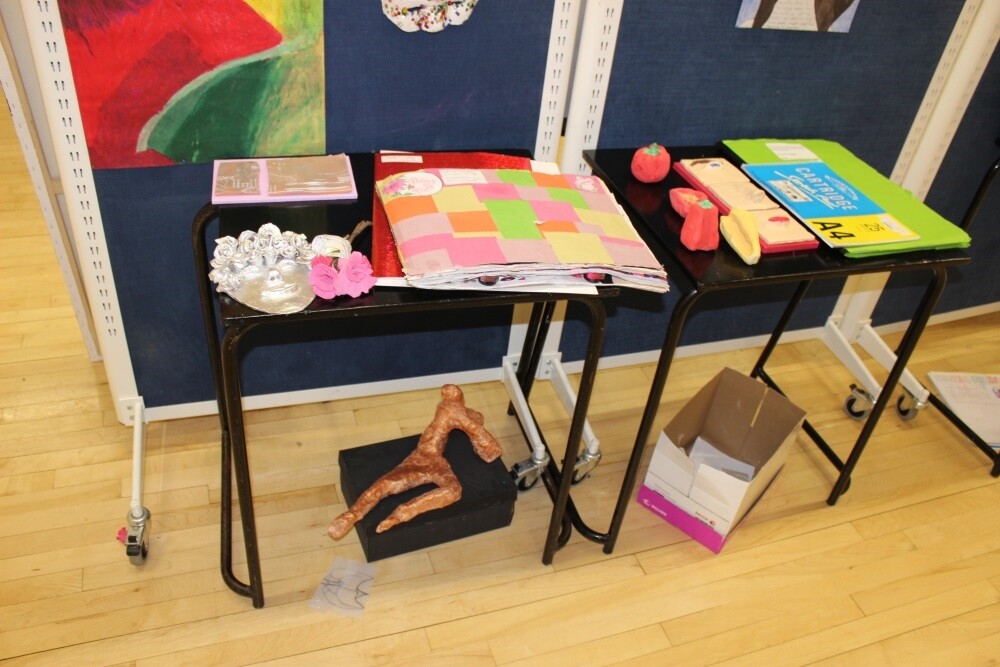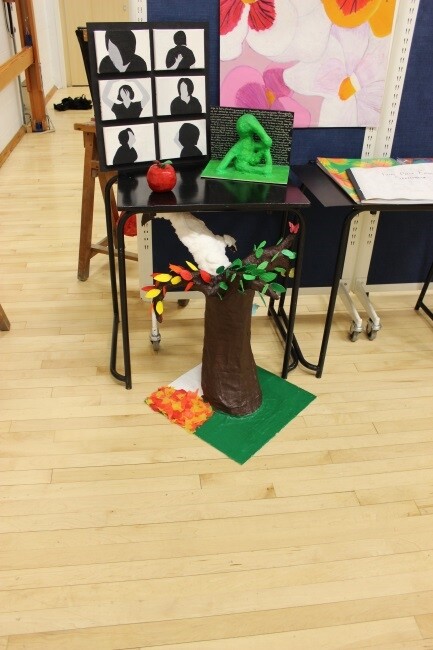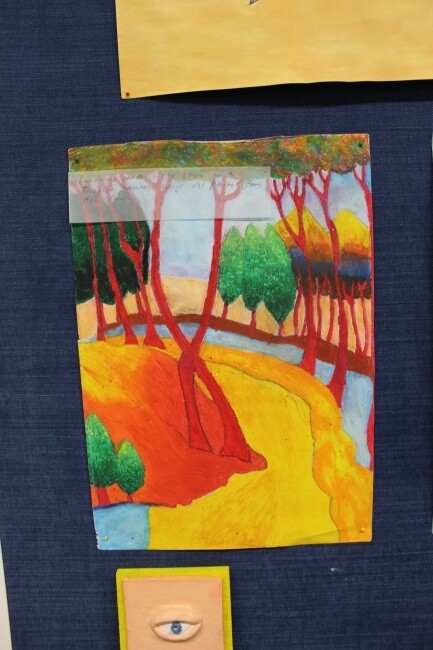Art/Photography
A wide range of art disciplines are taught across KS3 including drawing, painting, printmaking, clay, mixed-media, and relief. Skills, knowledge, understanding and reflection are integral to the ethos of our department.
The Year 7 programme of study is focused on students developing skills through the application of the formal elements within Art and Design. Students are introduced to a range of drawing and painting techniques that focus on improving observation skills. Students build knowledge of colour theory through contextual links including Van Gogh, Picasso and Hockney. Key practical skills are covered through the application of accurate shape, blended colour and mark making to communicate tone. Students continue to develop these vital skills as the year progresses with the theme ‘Incredible Insects.’ Here, students experiment with a range of new media including pastels and collage, whilst also exploring the artist Eugene Seguy and his use of pattern and composition.
Year 8 sees students go on a journey of discovery. The theme ‘Natural History,’ allows students to explore Darwin’s natural specimens and observe botanical and animal illustrations, from the past and present. Students continue to develop painting and drawing skills, taking influence from artist John James Audubon and contemporary illustrators Katie Scott and Irene Meneconi. Project 2 is a celebration of the Mexican festival Day of the Dead. The project starts with students communicating the context and symbolism of the festival. Key practical skills using the formal elements of art are covered, for instance the application of accurate shape and tone to produce proportionally accurate skull drawings. They will also be required to develop analysis skills to communicate their own opinion of art with the use of key terminology. Students also enjoy the process of 3D clay work in this project. The project concludes with a focus on portraiture, looking closely at the Mexican artist Frida Kahlo and her use of visual symbolism.
Year 9 requires students to explore the diverse links art has with other subjects and the wider world. ‘Science Through Art,’ investigates how Science has progressed throughout the ages and how art has been interlinked with scientific developments. Students will explore Leonardo da Vinci’s influence on cultural progress whilst observing scientific illustrations and the human anatomy. A range drawing, printmaking and collage processes will be produced in response to these ideas and visual imagery. The second focus of the year introduces students to the theme of architecture. Exploring the works of Minty Sainsbury and Stephen Wiltshire, students produce illustrations of cityscapes. An understanding of perspective and applied detail is taught through a range of drawing media. The project requires students to develop skills of visual language as well as offering another opportunity to work in 3D, producing a clay sculpture. A diverse range of architecture from around the world is explored, considering how architects design for purpose as well as design.
GCSE Art
- Year 10: The World Around, which covers aspects of the natural world and the microscopic aiming to link the world of science and art
- Year 11: The Human Condition, where students develop skills in expressive and photorealistic portraiture
- Year 10 sit a ten-hour mock examination; this allows them a taste of the final exam in Year 11.
- Year 11 complete a final externally set exam; they have 12 weeks to prepare sketchbook responses to the exam paper, followed by a 10 hour controlled exam where they will conclude their preparation in an outcome. They also have the opportunity to visit Norwich Castle as well as attending visiting artists’ workshops in school, giving them an experience from professionals of the art world outside the classroom.
- Coursework 60%; externally set exam 40%
A-Level Art & Design / Photography
Examination Board: Edexcel
Intent
Students are introduced to A-level art and photography through a series of technical workshops to sharpen tradition skills, encourage expressive practice and produce artwork at a large scale. In photography, they first learn the processes to capture successful exposures, how to use equipment such as tripods, studio lighting and reflectors to assist with the taking of images. In both subjects they learn to be visually observant and apply compositional techniques to achieve aesthetically competent outcomes. They learn that ‘fine art’ photography is a multimedia process which can result in a vast array of outcomes, not just printed photos.
We encourage experimentation in a wide range of media and processes before students independently develop projects in a more personal direction through to a variety of different outcomes. They are given open and broad themes of study such as Mind, Body, Soul, and Structures to inspire a range of inspirations and generate more conceptual and abstract ideas.
These topics are concluded within a ten-hour mock exam in Year 12 to prepare them for the externally set 15 hour exam in Year 13. Year 12 are also expected to develop and deepen theoretical and analysis skills to contextualise their own artwork and that of artists.
In Year 13, they focus first on a student-selected personal investigation, selecting a topic which is then taught holistically through in-depth conversation and recorded tutorials. Not only does this way of working mirror the teaching style of higher education establishments but also encourages the development of personal reflection of individual work. They are expected to research and investigate their chosen topic within a range of sources, concluded within a 3000-word essay of their findings. They have ownership over their work and follow through with concepts, issues and interests that are relevant and important to them, making work personal and meaningful. Students also prepare a sketchbook to accompany the essay, demonstrating a practical exploration of their chosen theme. In term three, students have an externally set paper, responded to through practical and theoretical means. They produce a final work in response to this theme within a 15-hour exam.
Workshops and connections with local institutions of NUA allow students to access learning outside the classroom. They are encouraged to enter local and national competitions. We also encourage cross-curricular learning with other subjects and the school library.
Introduction and Structure
A-level in art and design provides versatility for individual student artists, from painters to photographers, graphic communicators to textile artists. The course is a two year A-level qualification comprising two components. Students who study art have a greater awareness of environmental, cultural and political issues. Edexcel describes this course as ‘demanding, rigorous empowering and inclusive!’ We agree!
Personal Investigation
Component 1 is a body of coursework driven and designed to be meaningful and of depth to student study. It incorporates three major elements: supporting studies, practical work, and a personal study. Supporting studies and practical work will comprise a portfolio of development work and outcomes based on themes and ideas developed from personal starting points within one broad major theme.
The personal study will be evidenced through critical written communication showing contextual research and understanding in a minimum 1000 words of continuous prose, which may contain integrated images. The personal study comprises 12% of the total qualification. Component 1 is worth up to a total of 60% of the whole qualification.
This component allows students opportunities to generate and develop ideas, research primary and contextual sources, record practical and written observations, experiment with media and processes, and refine ideas towards producing personal resolved outcome(s).
Students must work within one of the following titles: art, craft and design, fine art, graphic communication, textile design, three-dimensional design, photography.
Externally Set Assignment
Component 2 is the culmination of the learning process within a preparation portfolio designed to drive the response for a timed exam at the end of the course. It incorporates two major elements: preparatory studies and the 15–hour period of sustained focus. The preparatory studies comprises a portfolio of practical and written development work based on the externally set assignment theme. During the 15–hour period of sustained focus under examination conditions, students will produce final outcome(s) extending from their preparatory studies in response to the externally set assignment. The externally set assignment is released on 1 February and contains a theme and suggested starting points. Students have from 1 February until the commencement of the final 15–hour period of sustained focus to develop preparatory studies. The 15–hour period of sustained focus under examination conditions may take place over multiple sessions.
Assessment
Both components require the successful application of the following criteria for assessment. Students will need to cover each objective as they individually account for 25% of the qualification as a whole.
Coursework: 60%
Externally set exam: 40%
AO1 develop ideas through sustained and focused investigations informed by contextual and other sources, demonstrating analytical and critical understanding.
AO2 explore and select appropriate resources, media, materials, techniques and processes, reviewing and refining ideas as work develops.
AO3 record ideas, observations and insights relevant to intentions, reflecting critically on work and progress.
AO4 present a personal and meaningful response that realises intentions and, where appropriate, makes connections between visual and other elements
Students will be given a mock exam in May of their first year of study, giving practical experience of the externally set assignment.
Careers and Progression
Students will gain experience of professionalism as they are required to display their A-level work in exhibition format. Visiting artists and visits to galleries provide extensive experience of the wider world of art and design.
Entry onto arts courses at university and other degree awarding bodies are generally through a combination of grade, portfolio of work and interview. Students will be encouraged to visit art departments and degree exhibitions to get a sense of the standard required for a higher level course. The creative industries in this country are the envy of the world, with graduates working in many fields in many countries.
Entry Requirements
Art minimum requirement: 6 GCSEs Grades 9-4 (or equivalent), including English language and mathematics; Grade 5 art
Photography minimum requirement: 6 GCSEs Grades 9-4 (or equivalent), including English language and mathematics; Grade 5 art or Grade 5 English language or Grade 5 English literature if art not taken
Year 11 Workshop
Year 11 prepared themselves for the diversity that further study of the Creative Arts may involve in a workshop focusing on gestural drawing. Students responded to the series of work by Heather Hansen, called ‘Emptied Gestures’. Hansen is a performance, video and visual artist who’s inspiration comes from ‘downloading movement’ onto a giant drawing surface whilst her spectators within the gallery watch the process of mirroring and using the whole of her body to create organic and moving patterns. Students at Taverham High emptied their own gestures, considering how their movements and repetition would affect their work. This was a great extra-curricular opportunity to stretch our gifted students and open them to the diverse possibilities and methods for contemporary practice.

